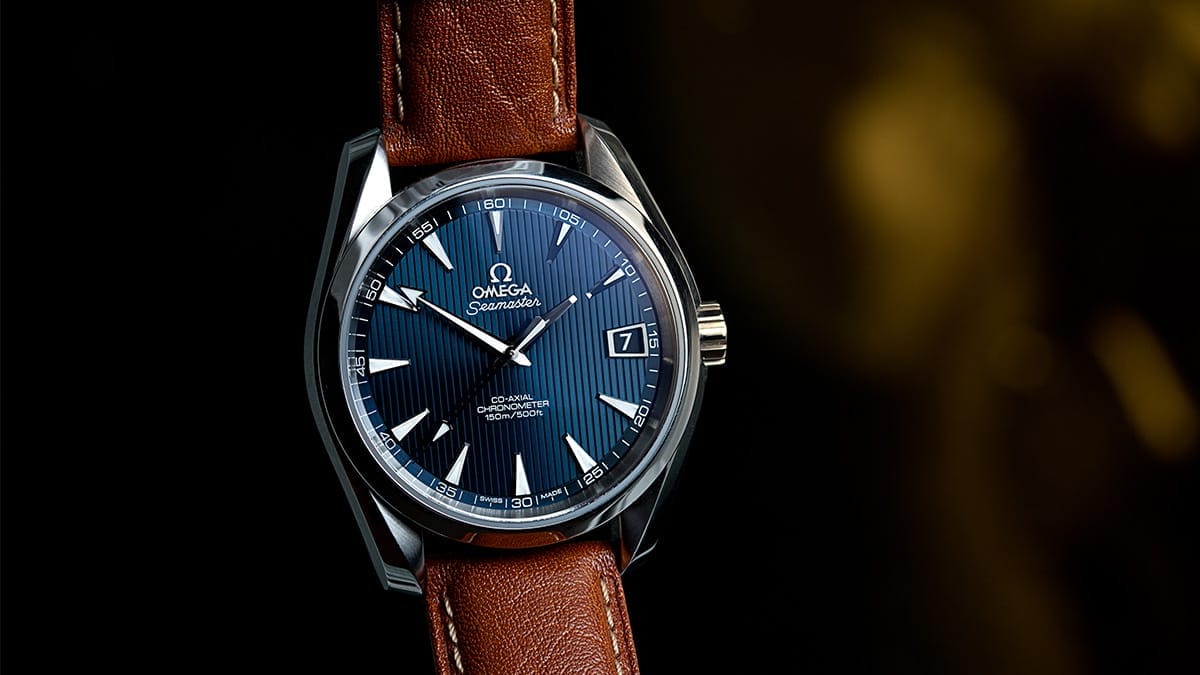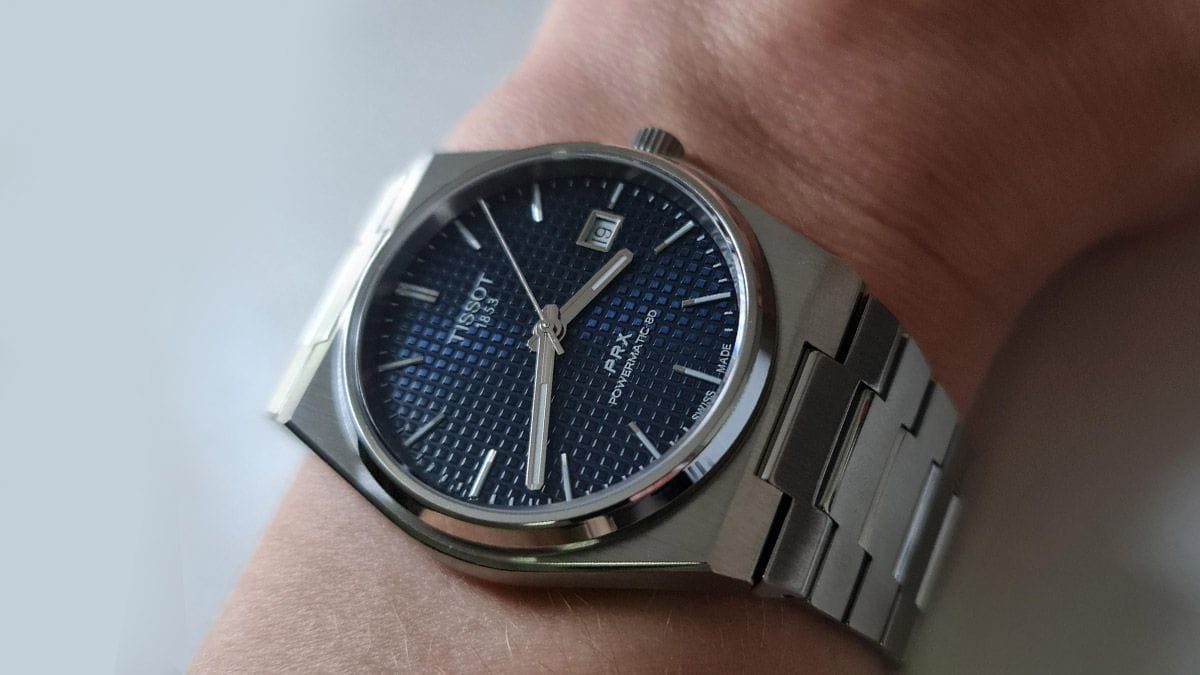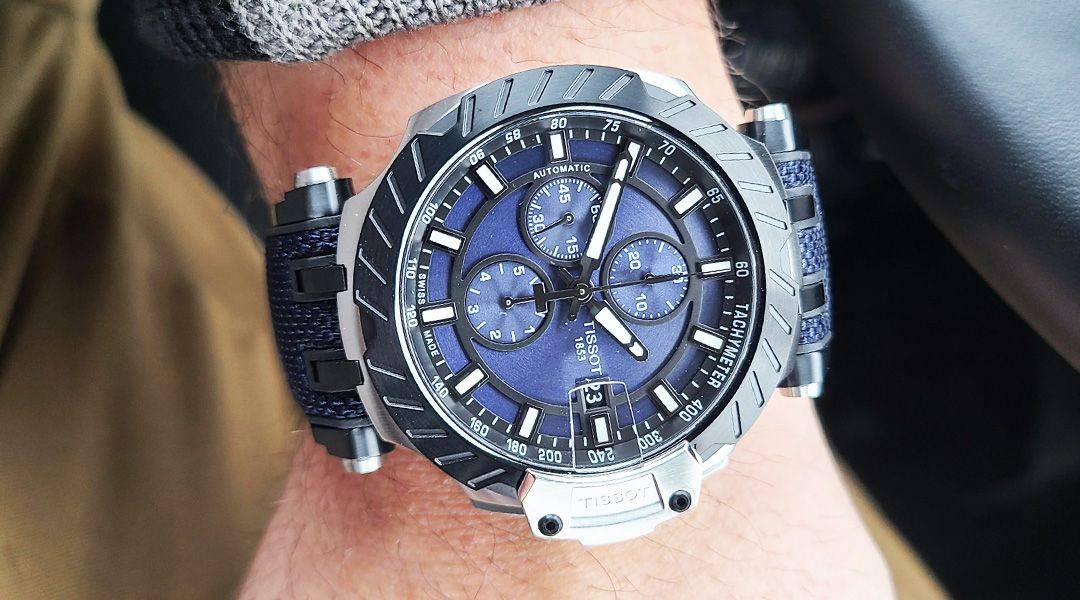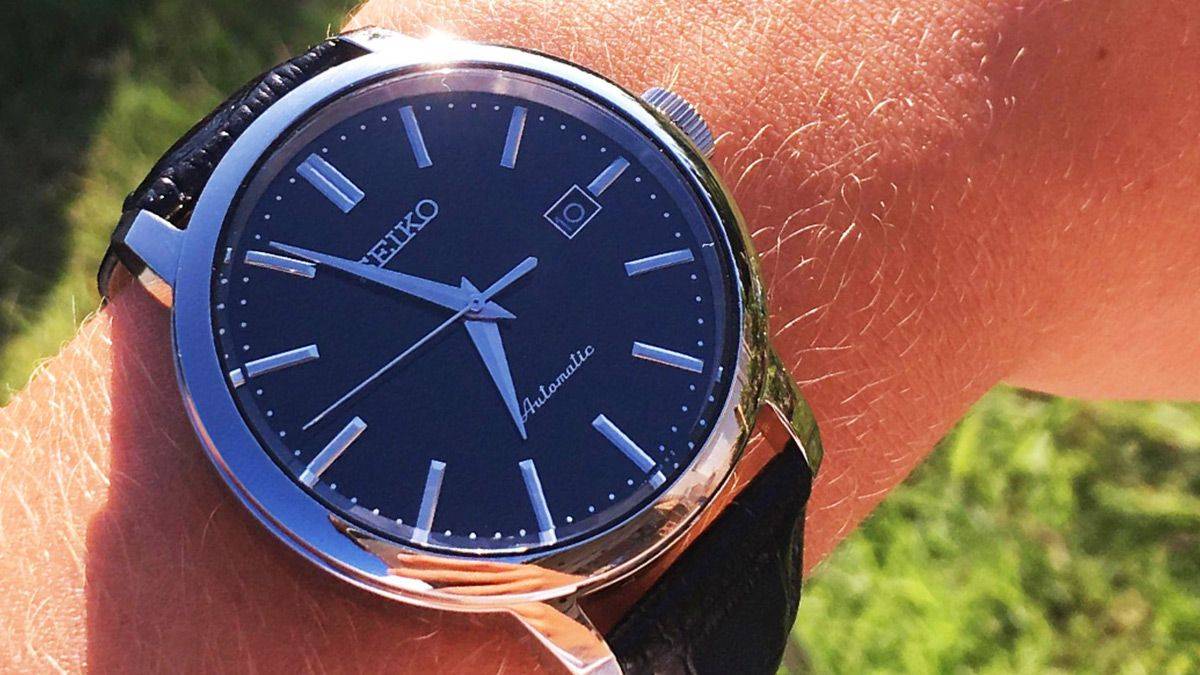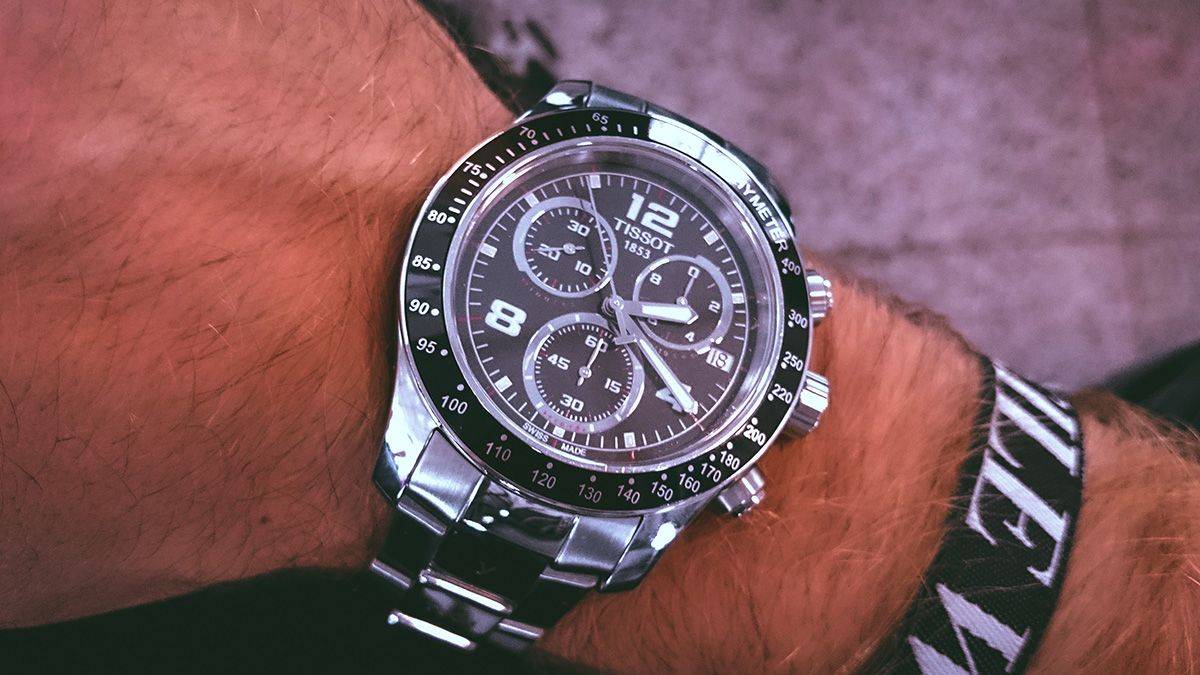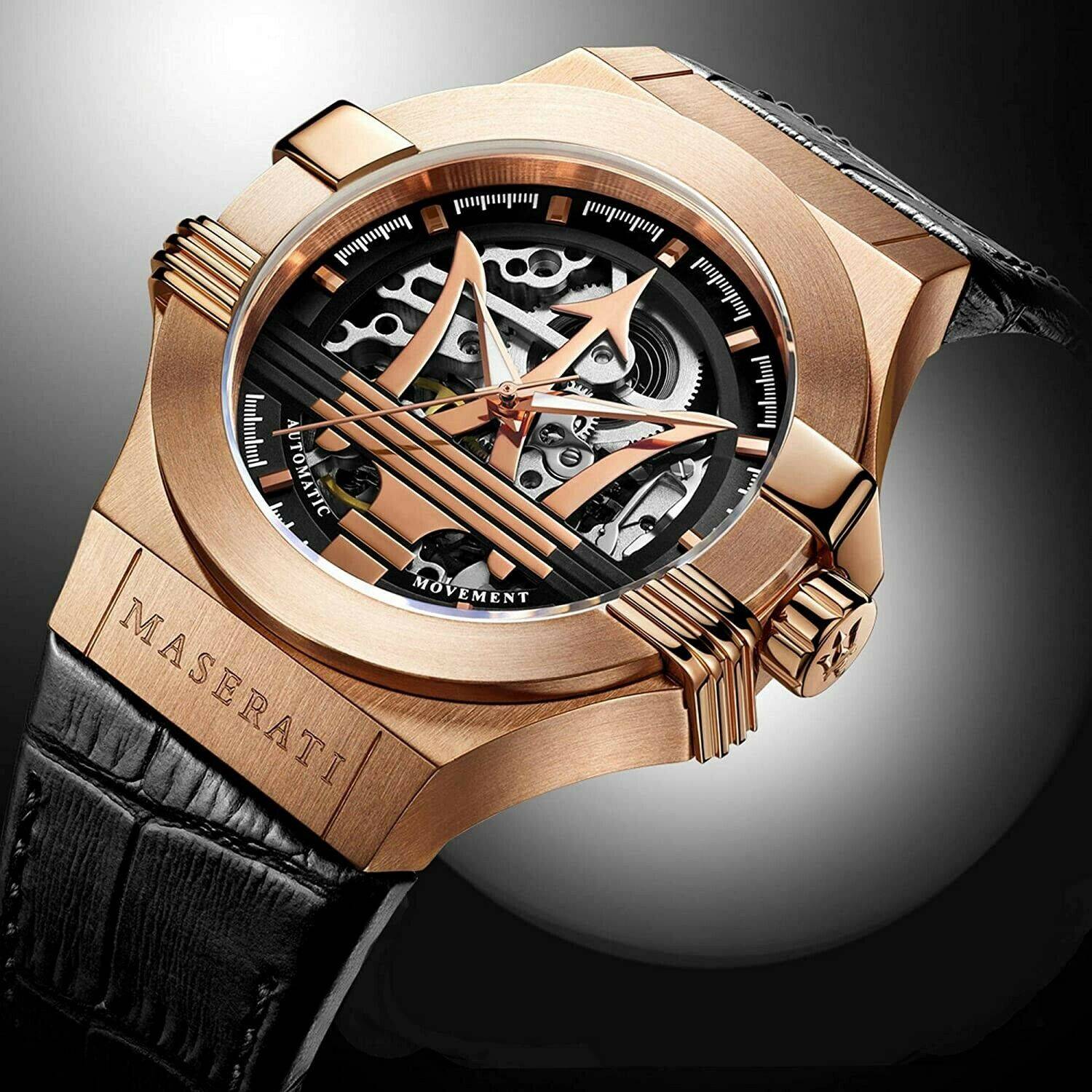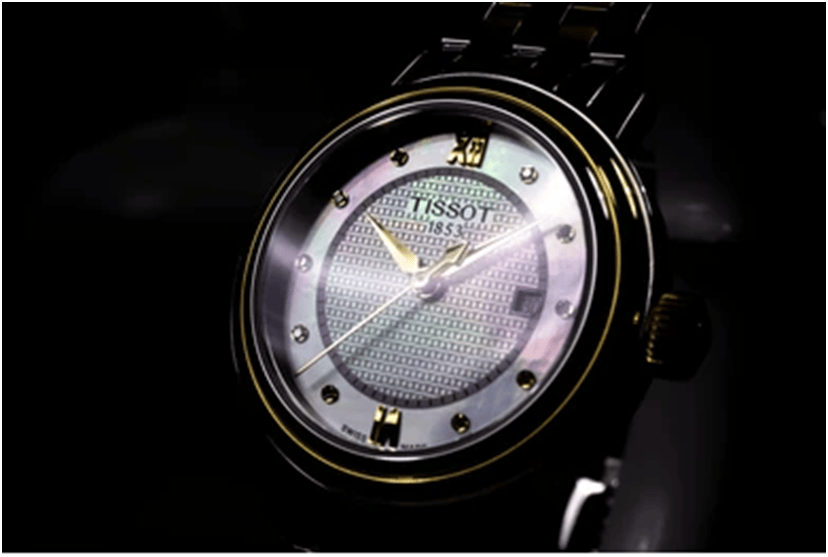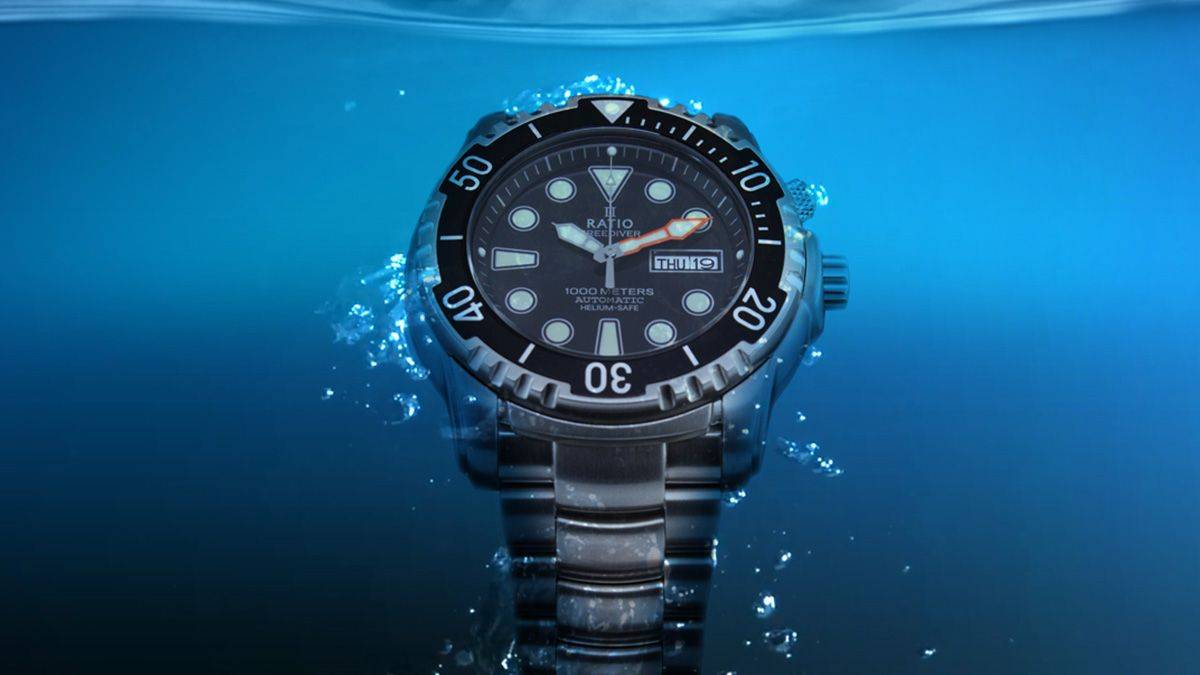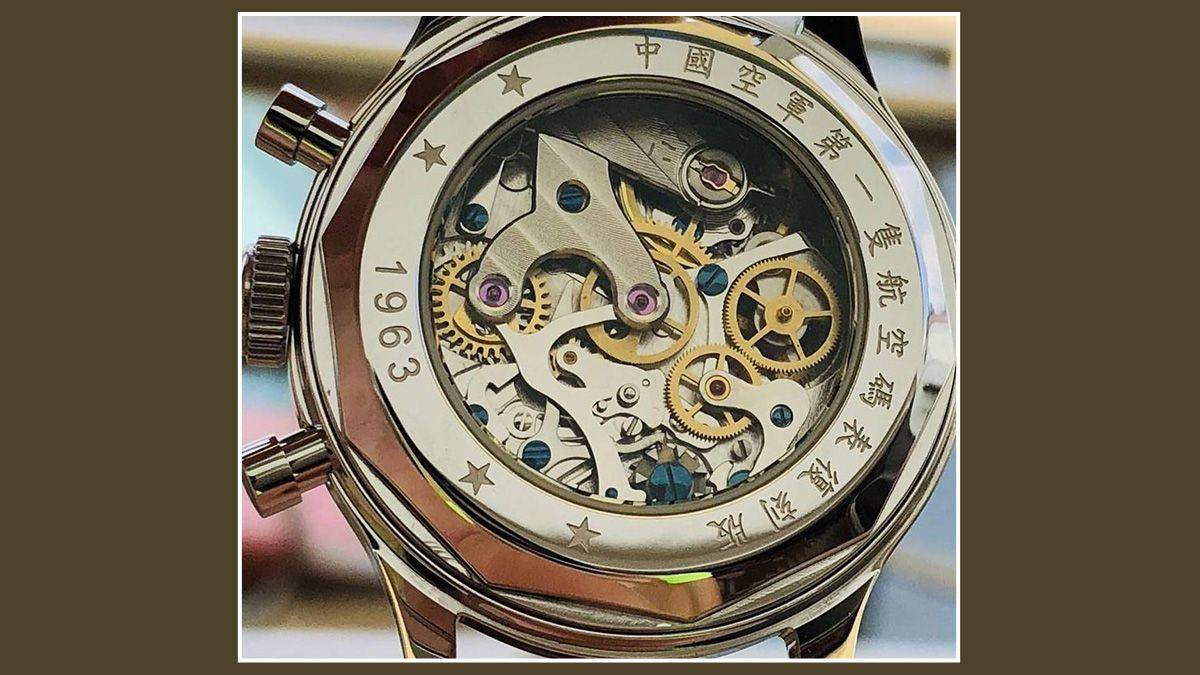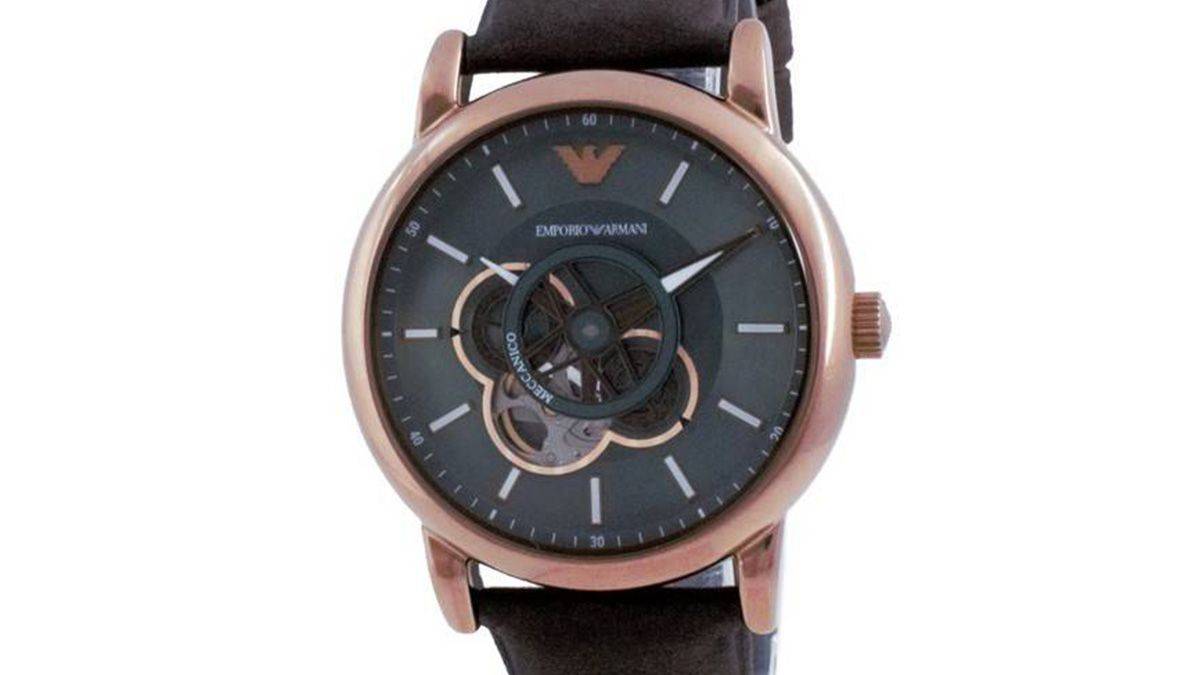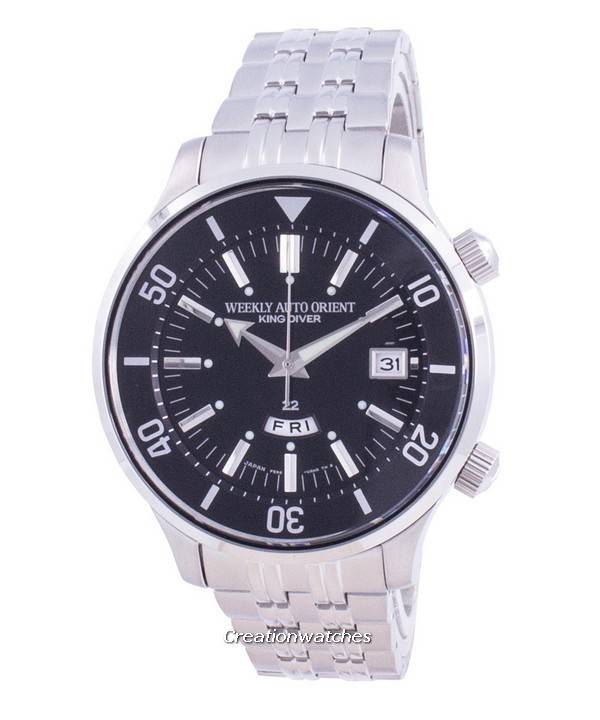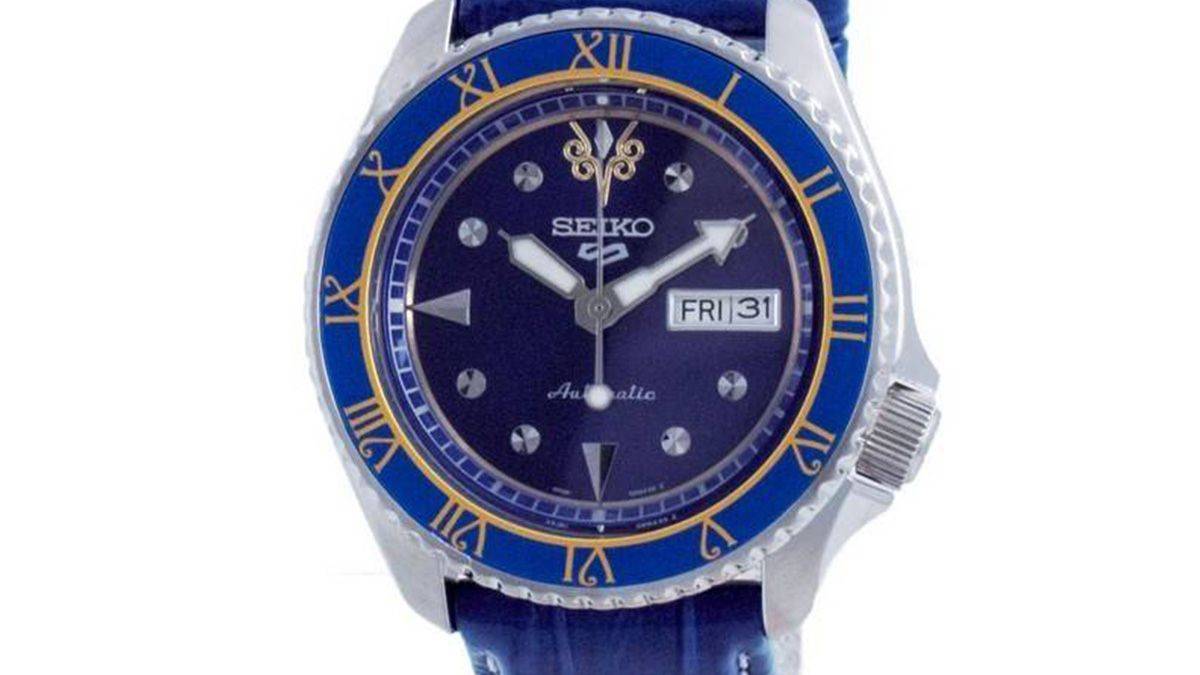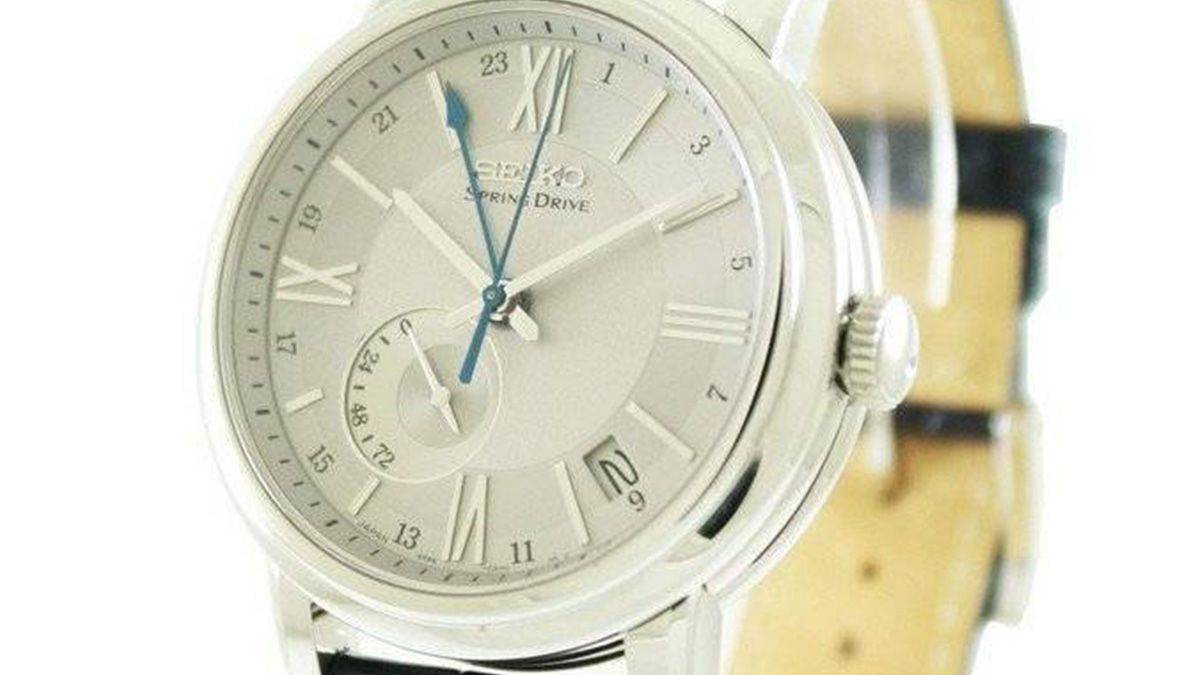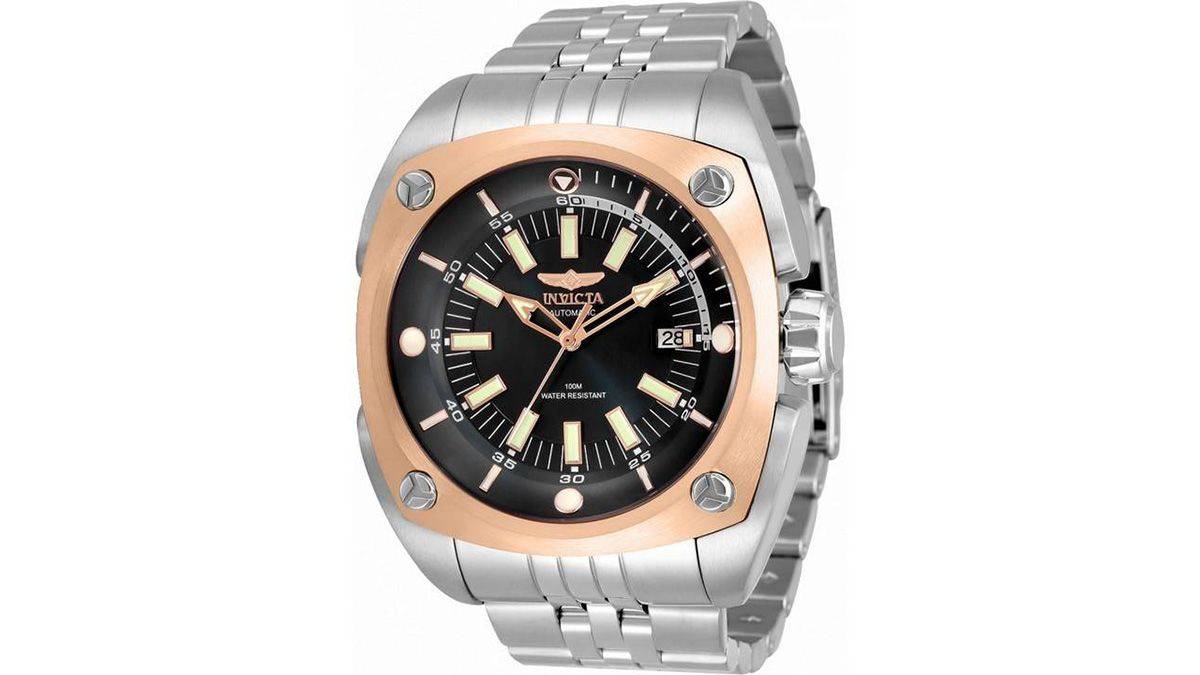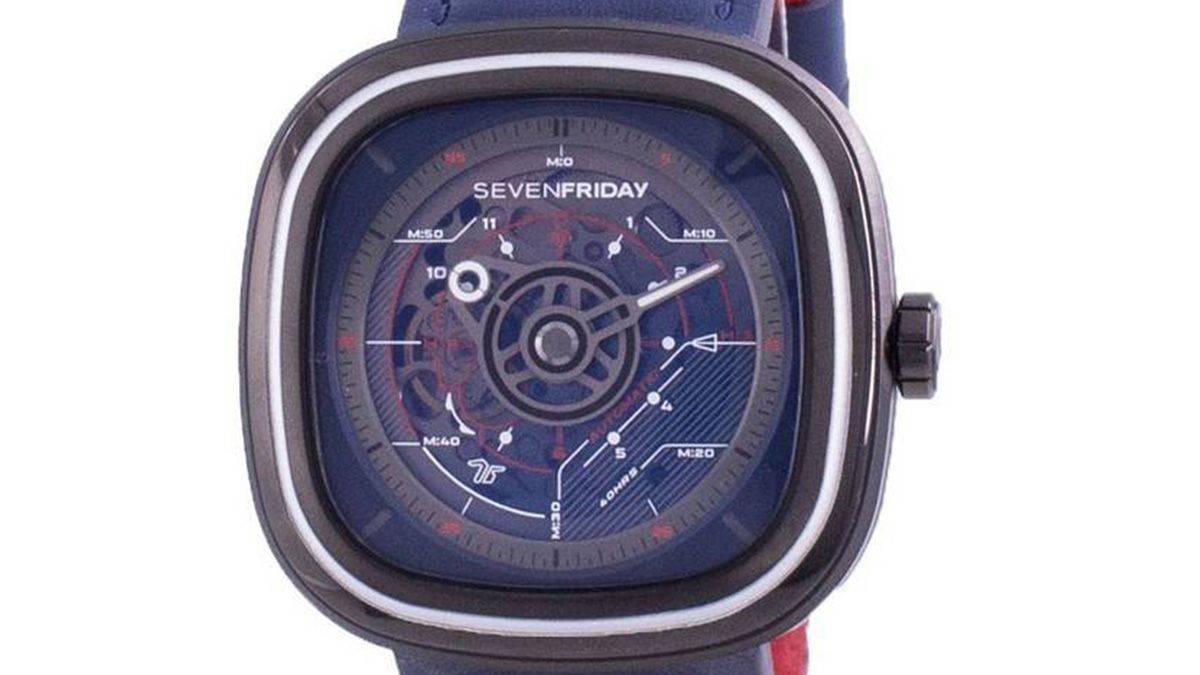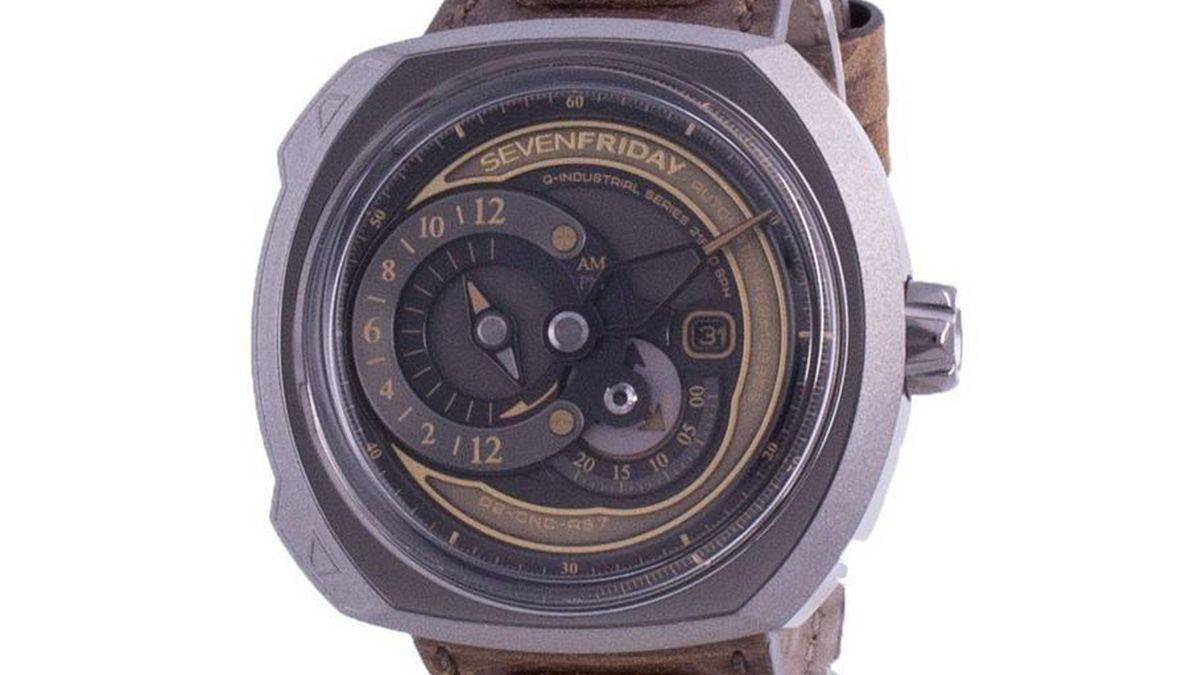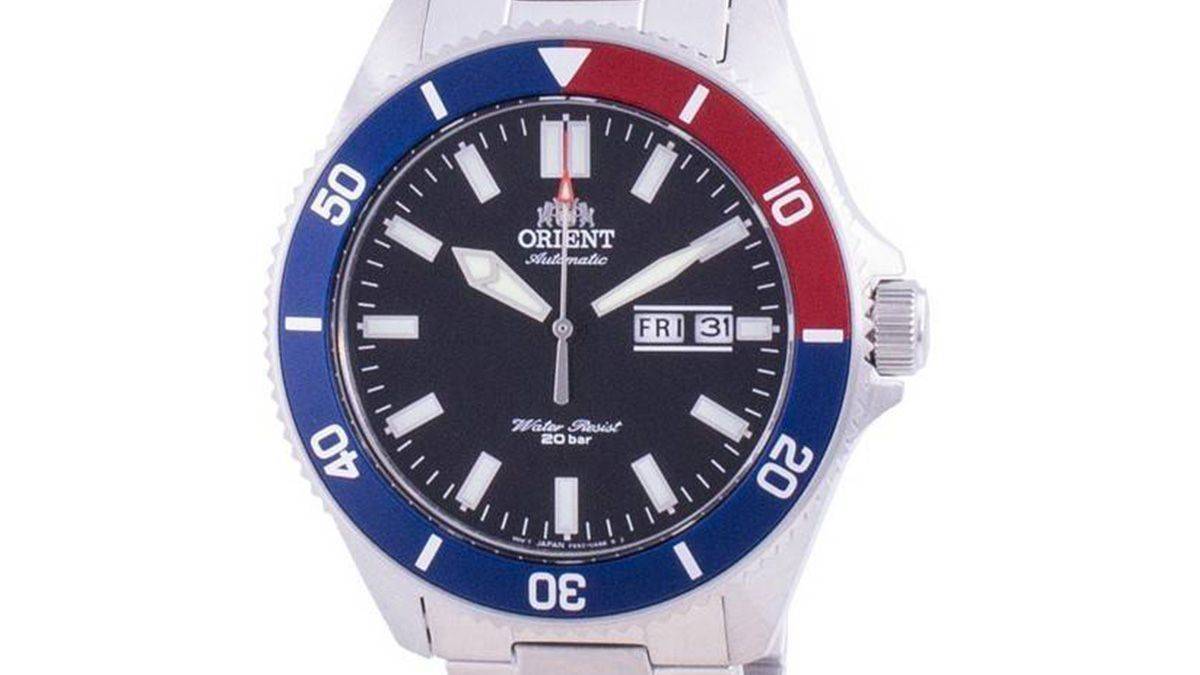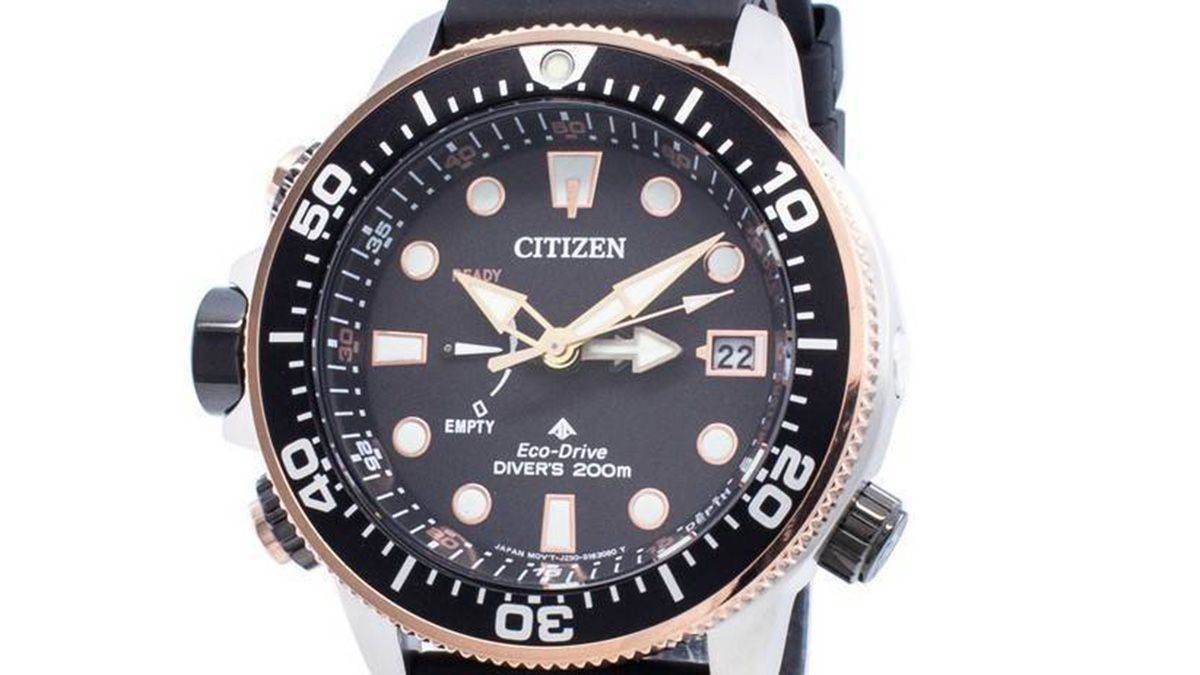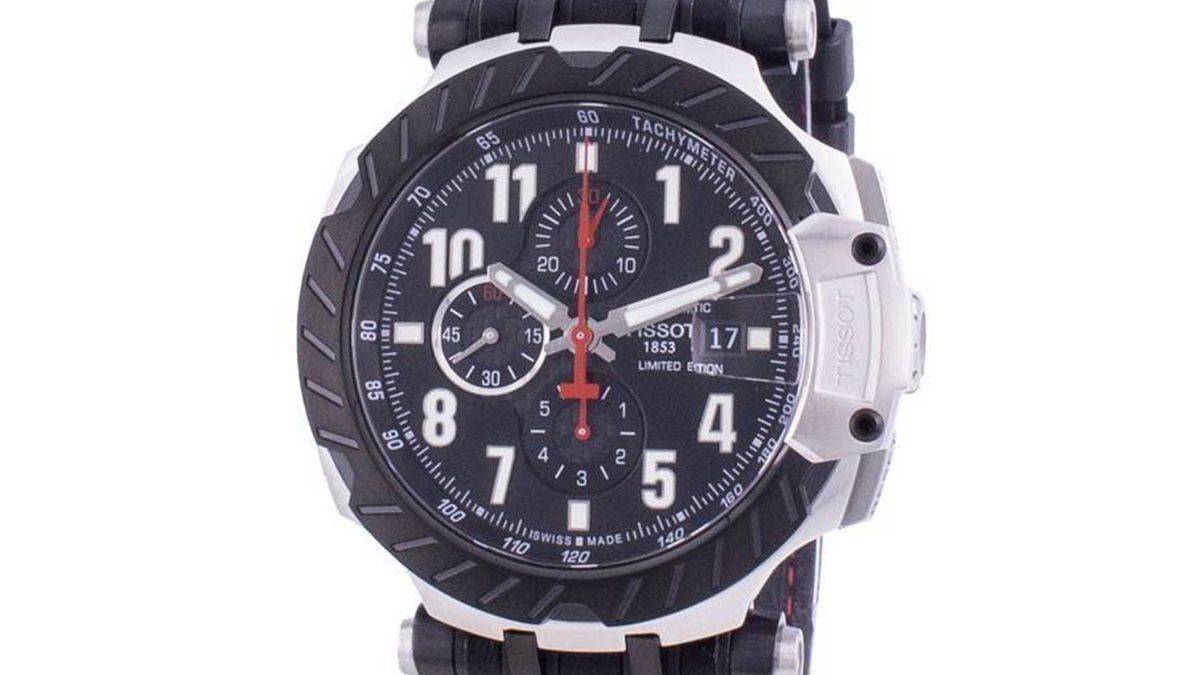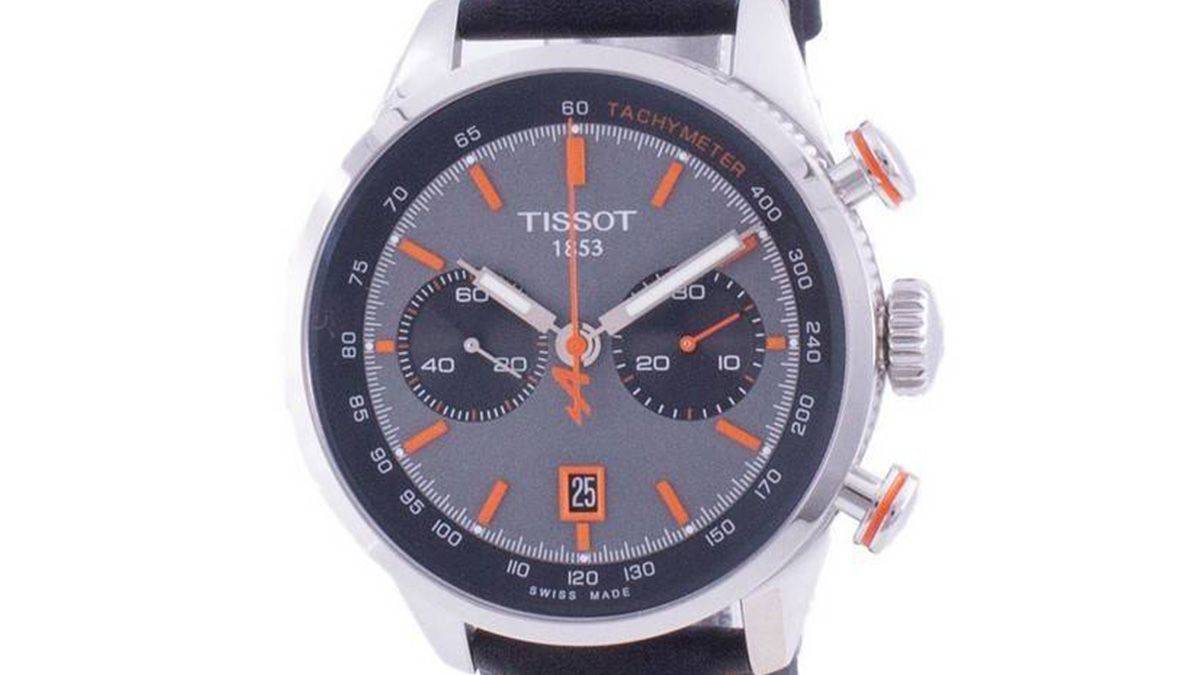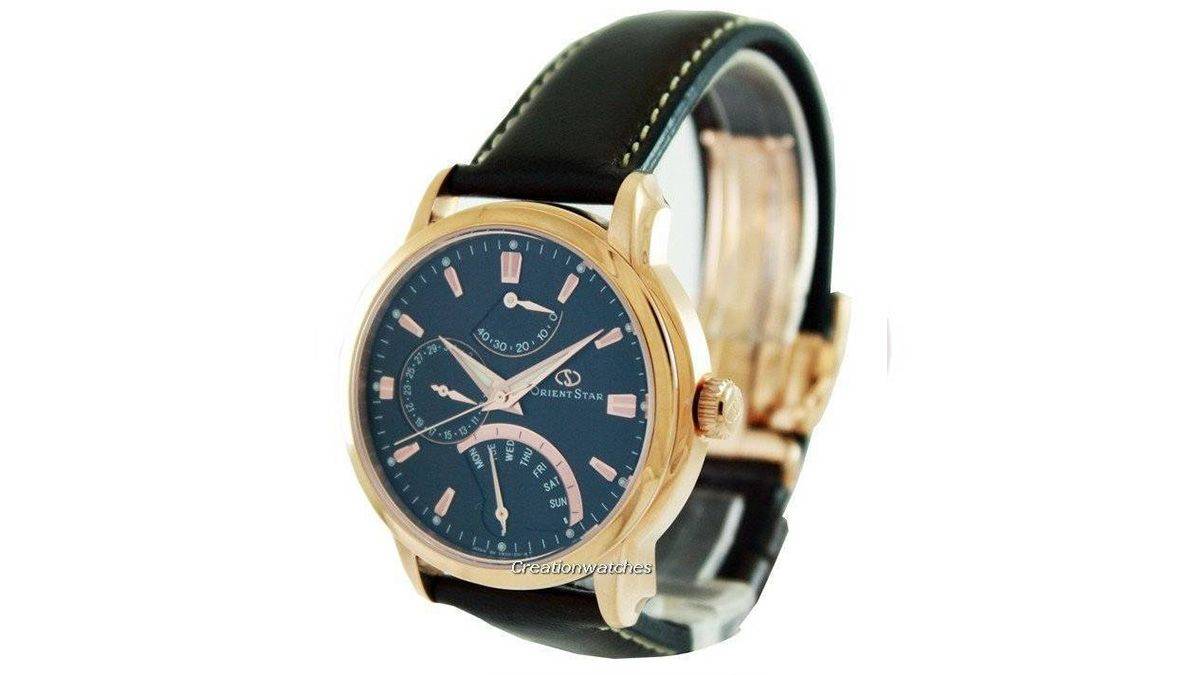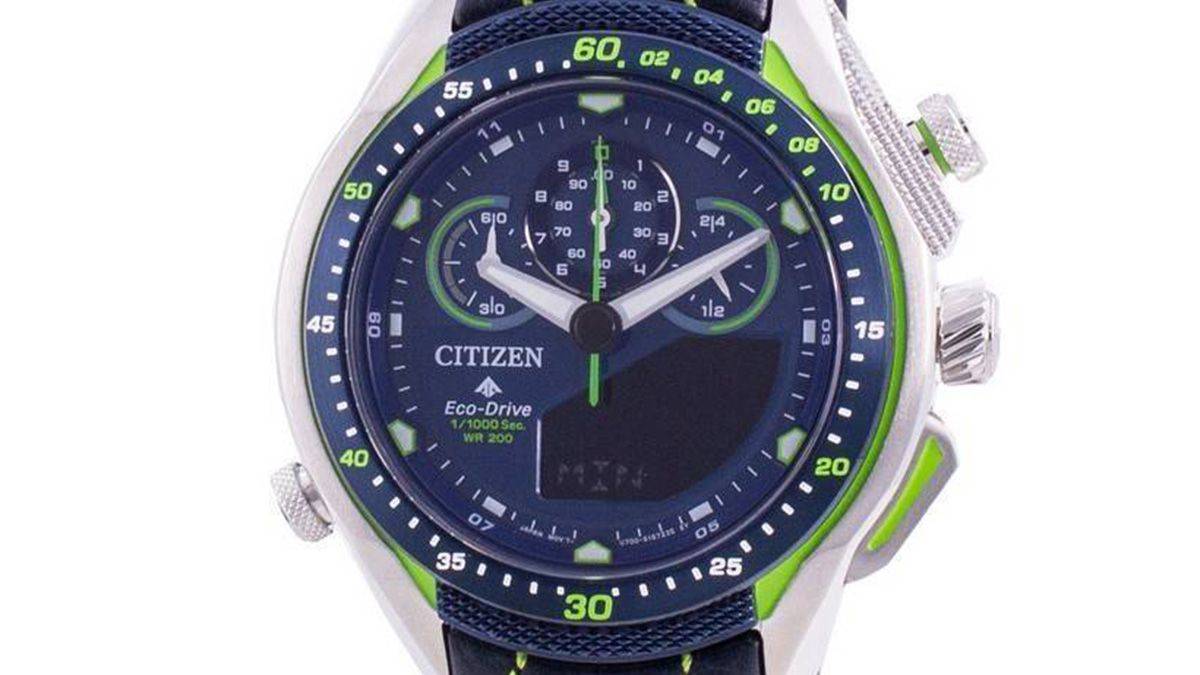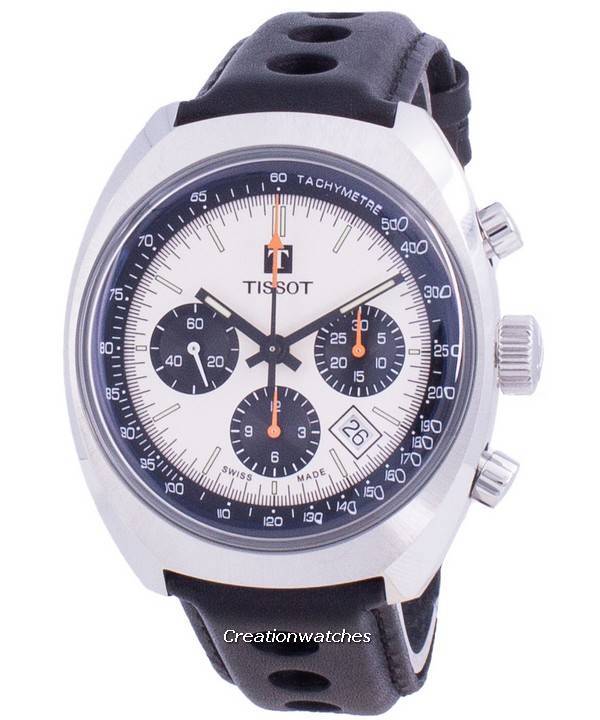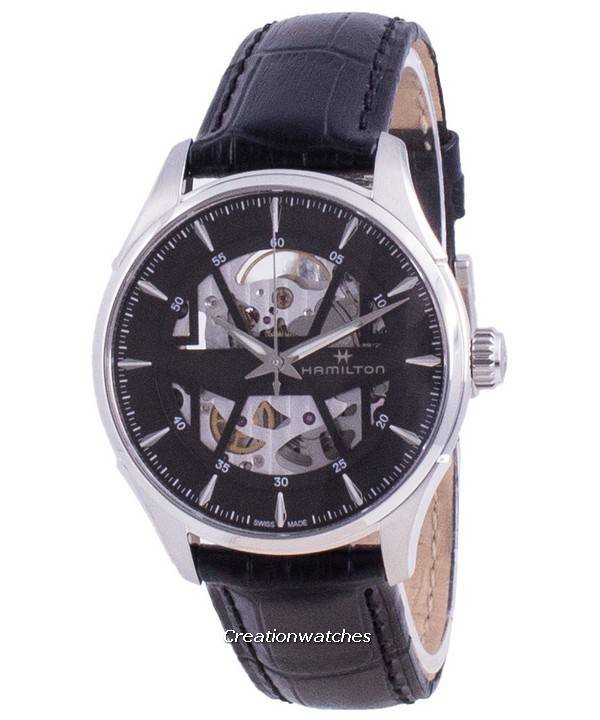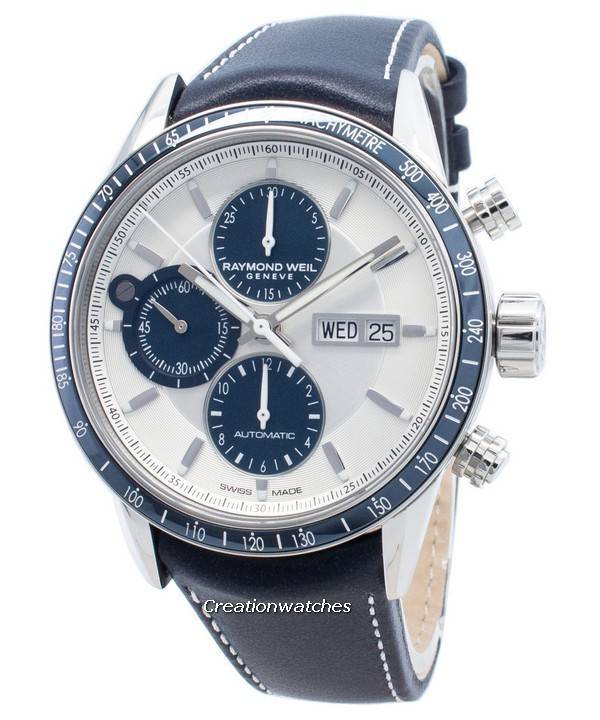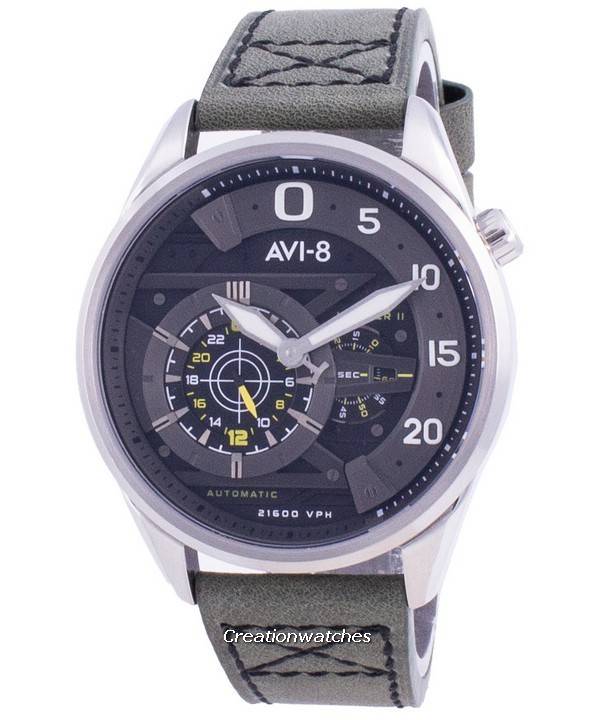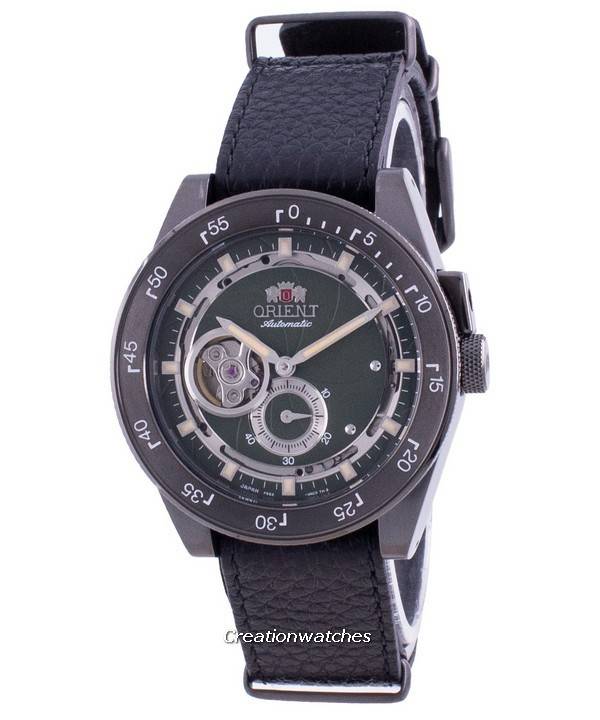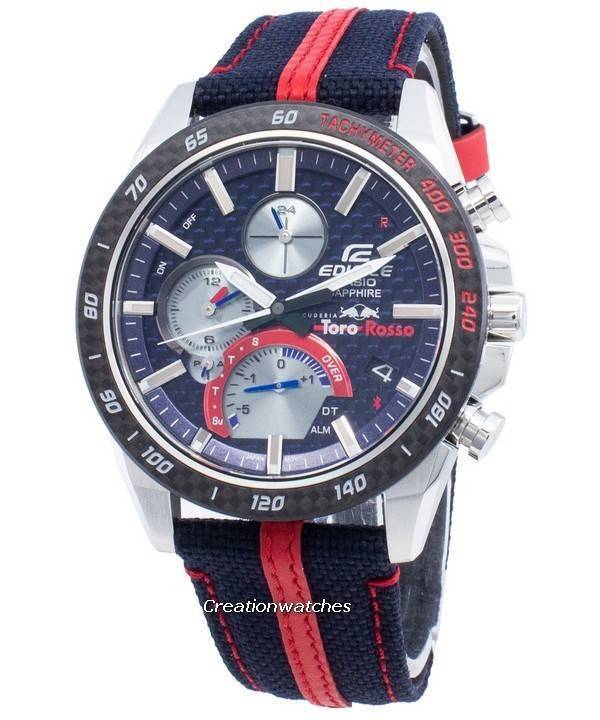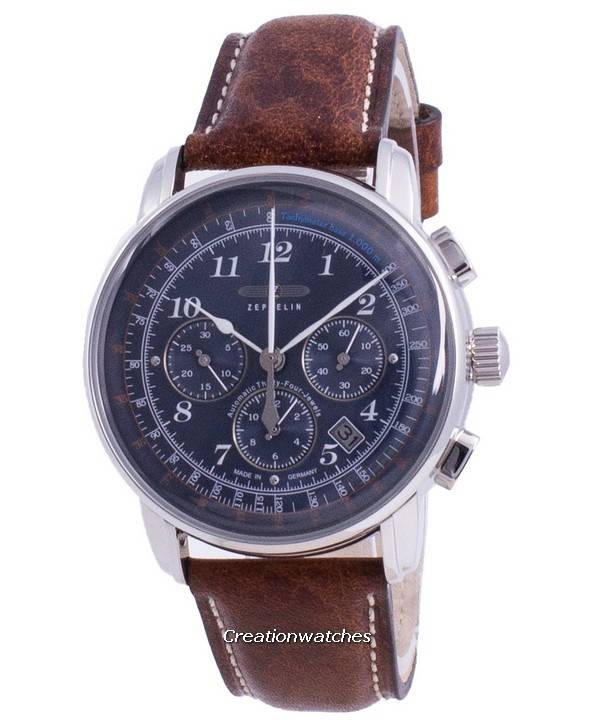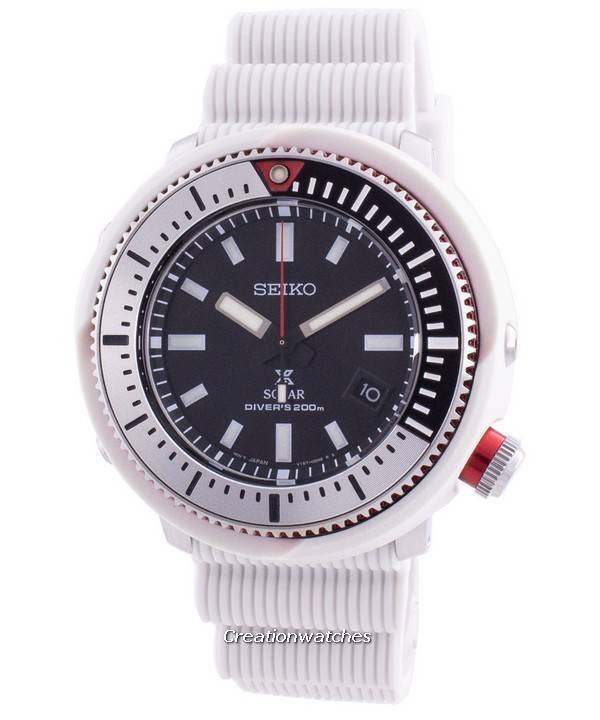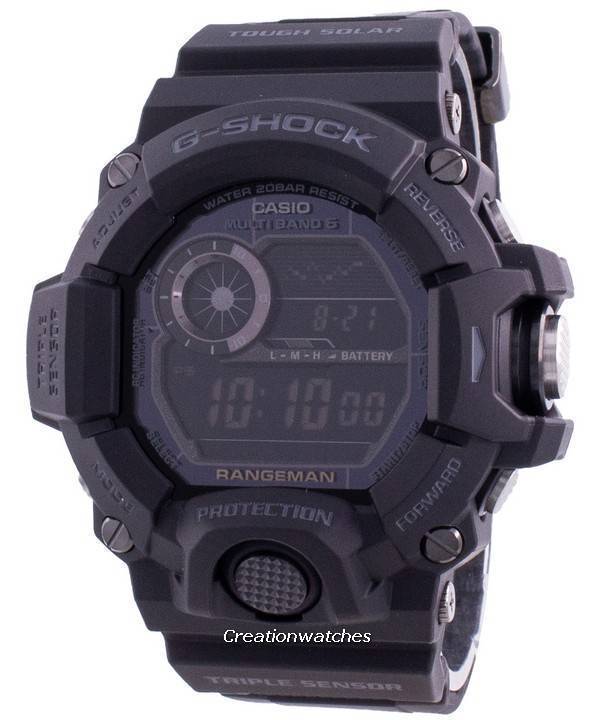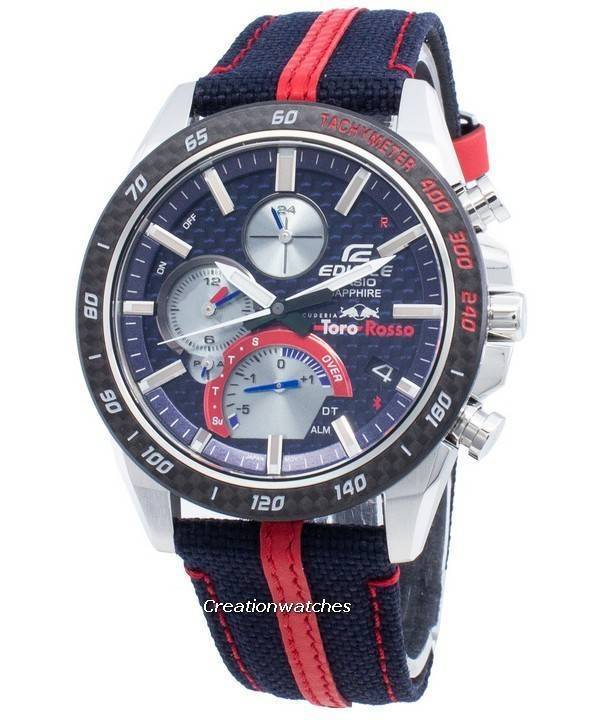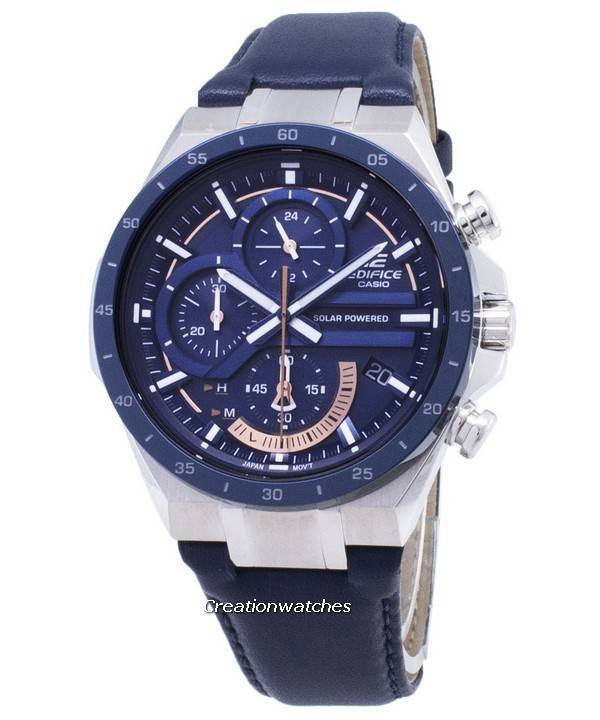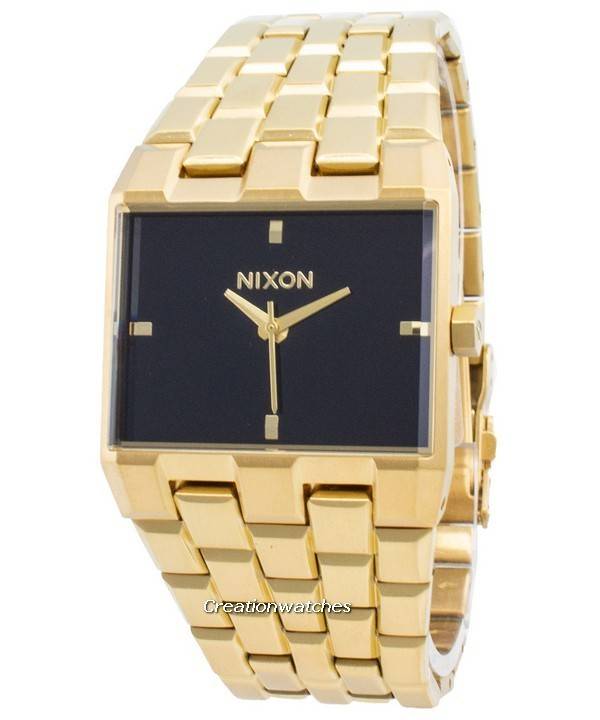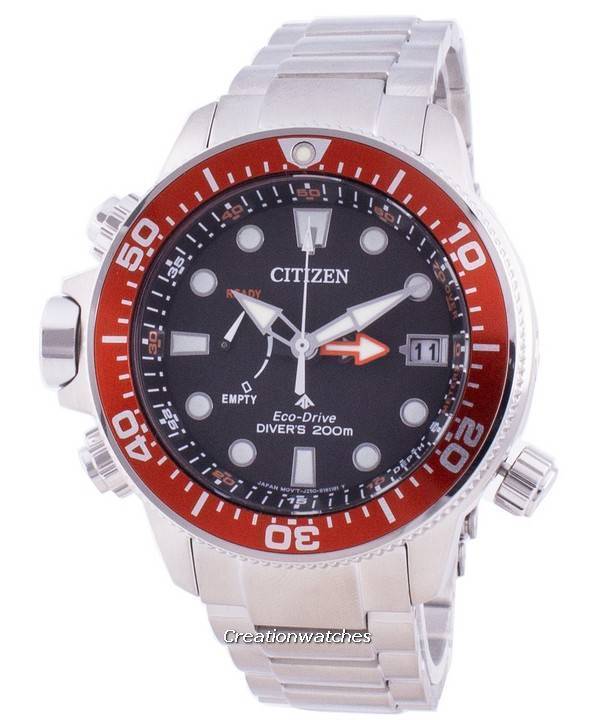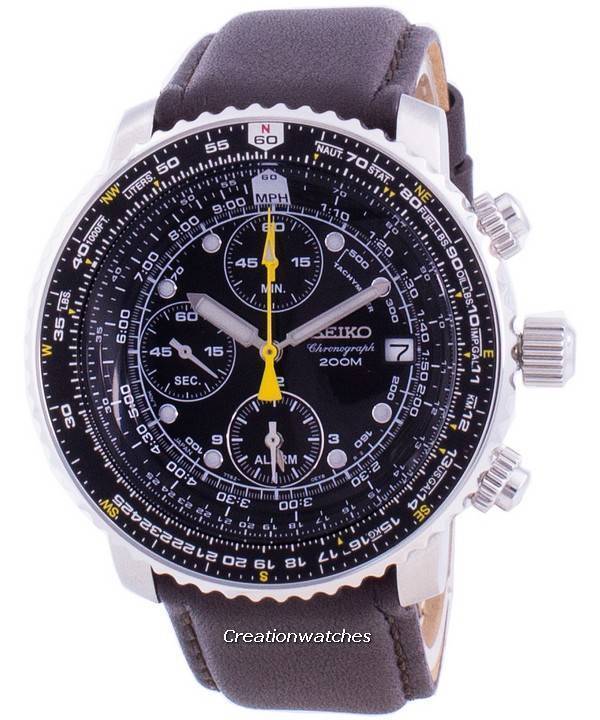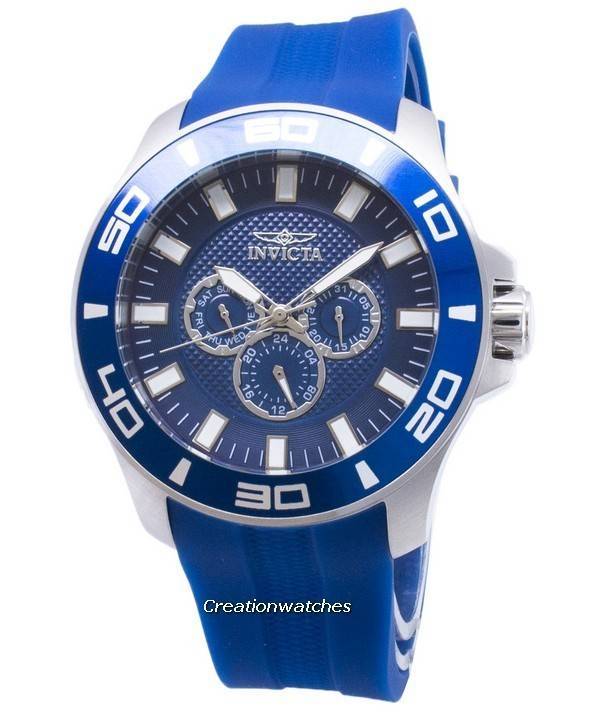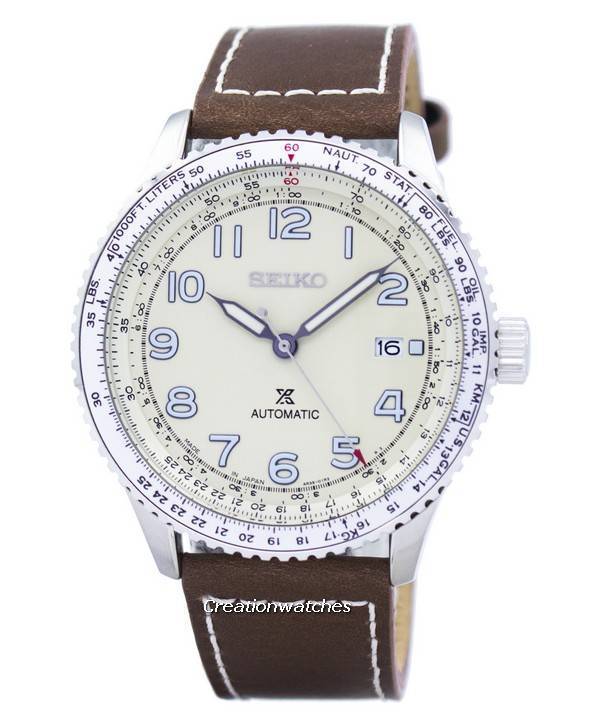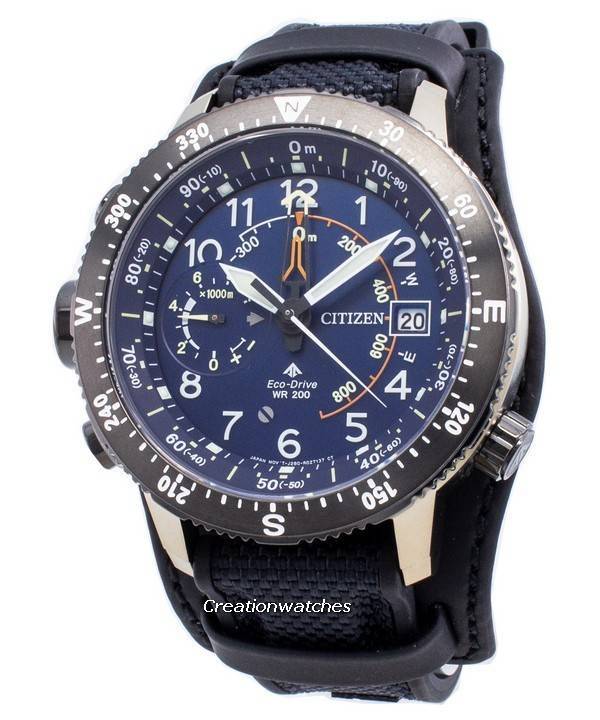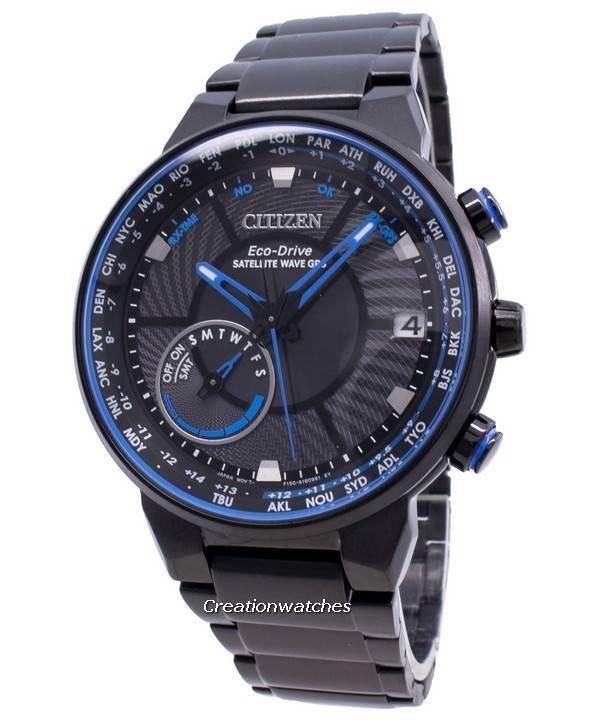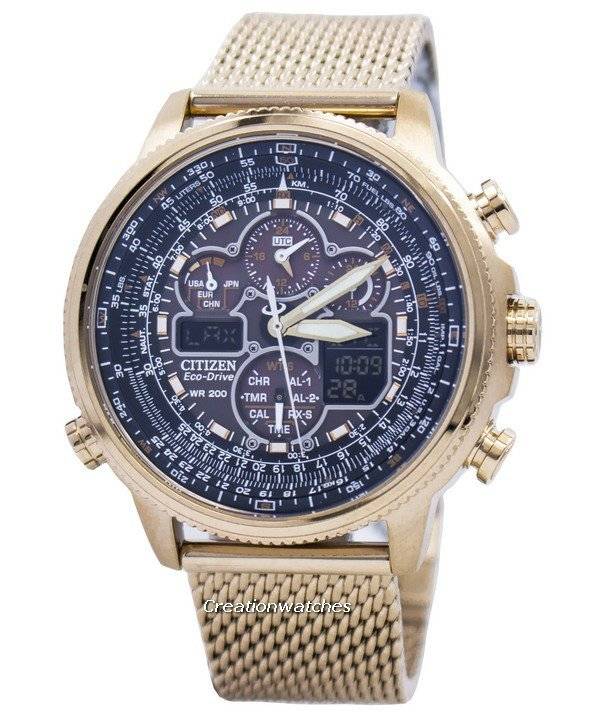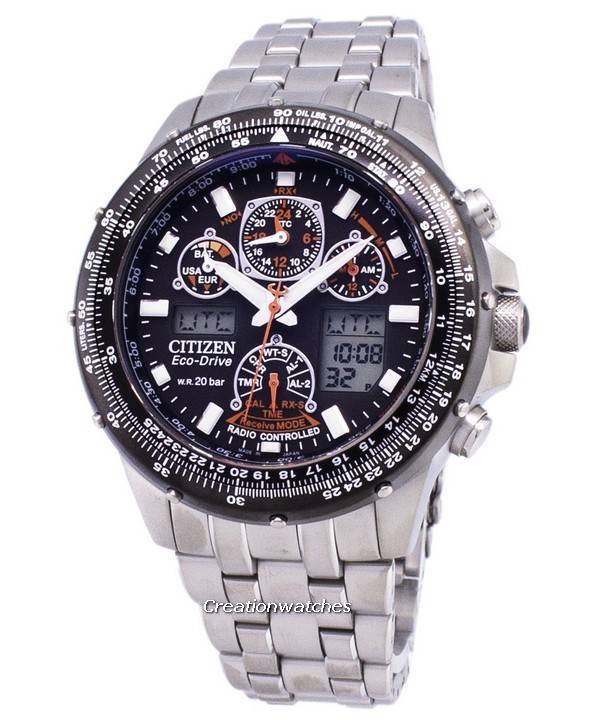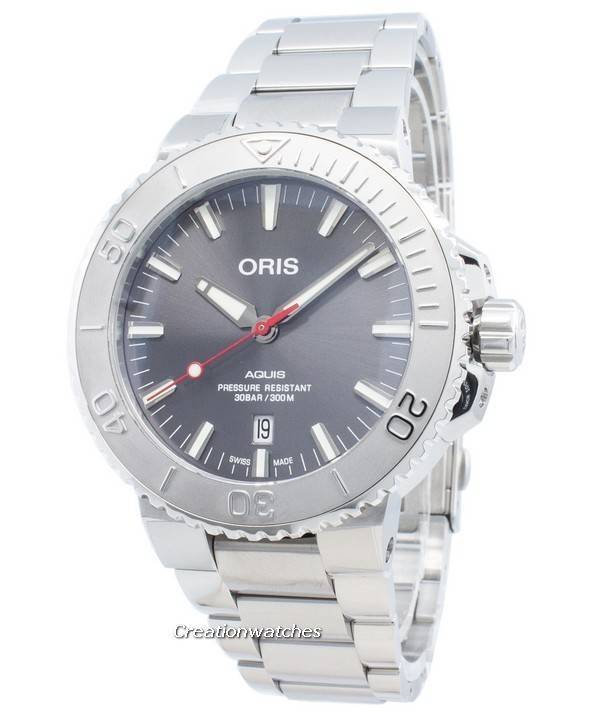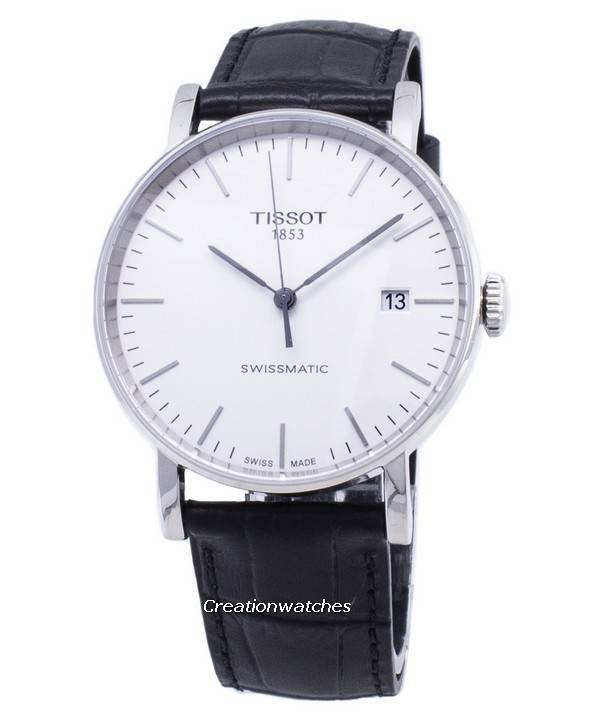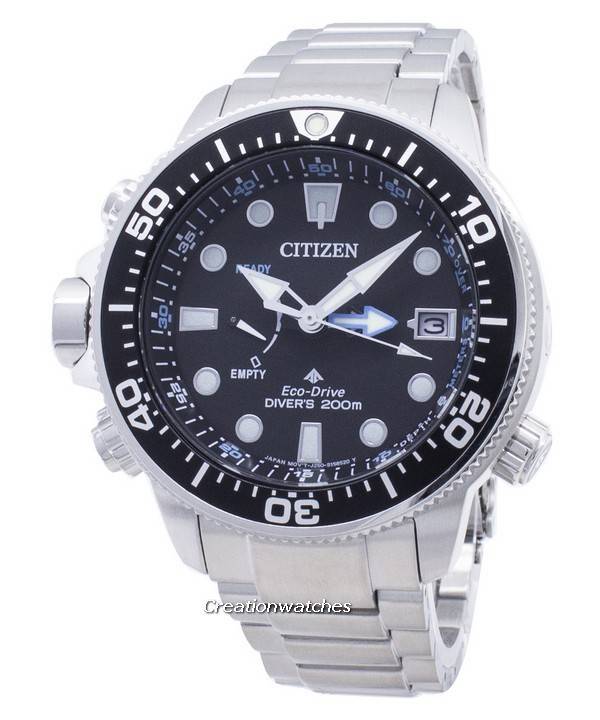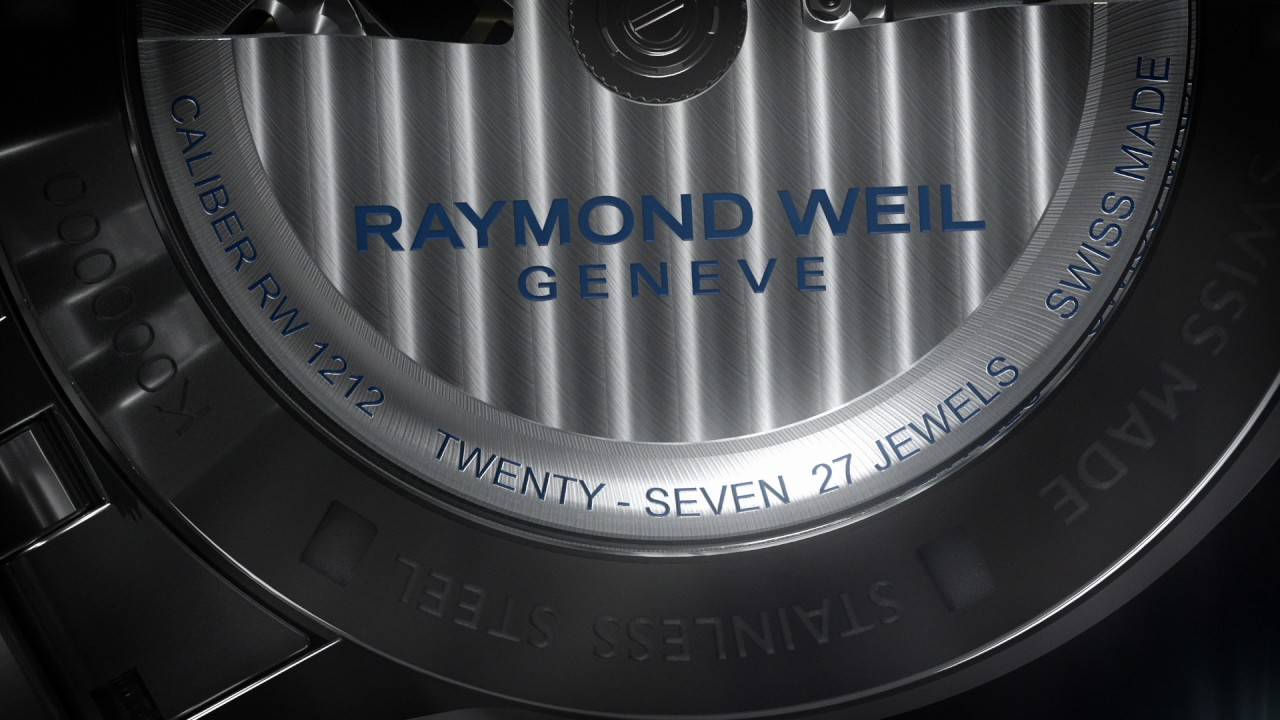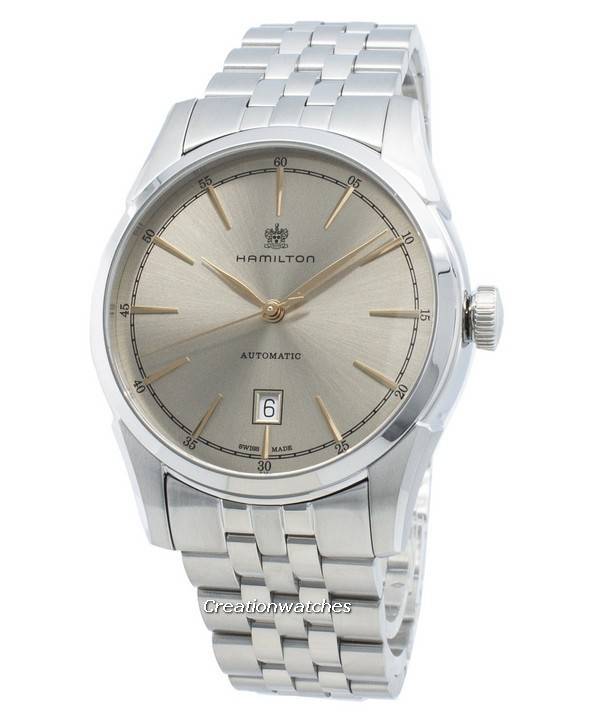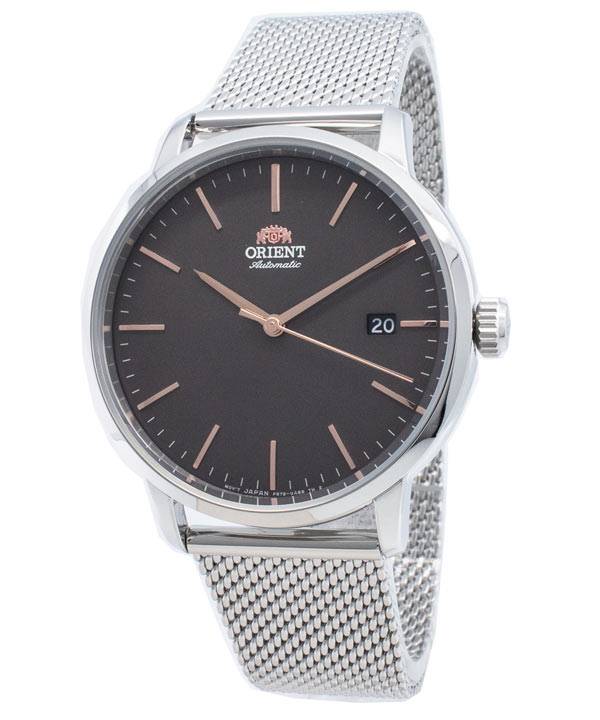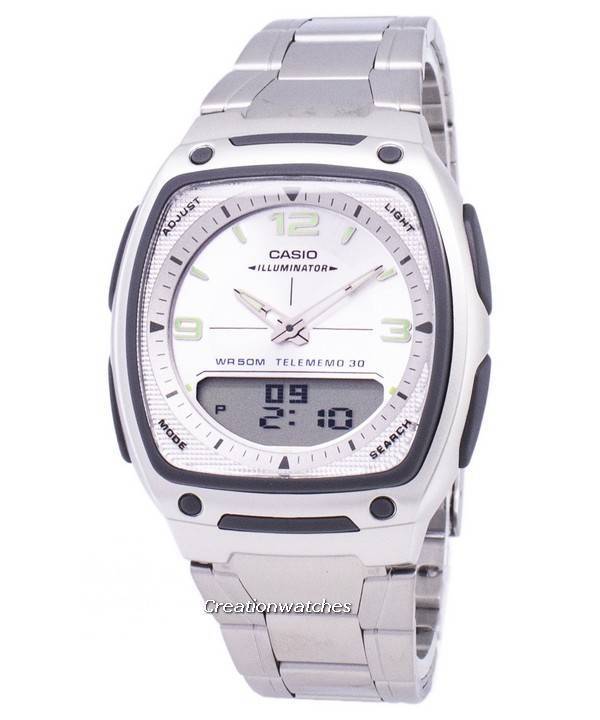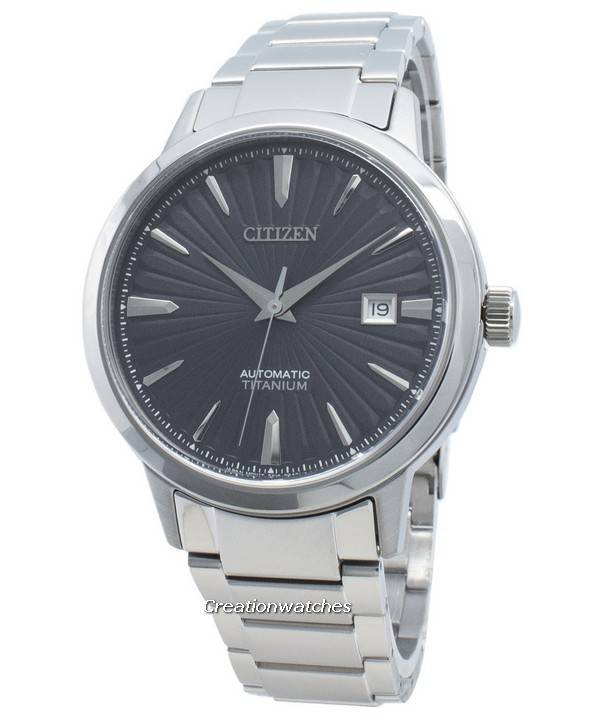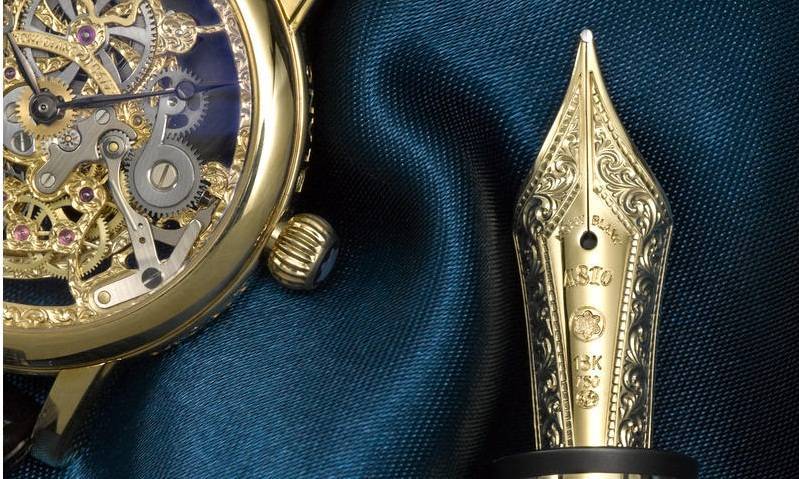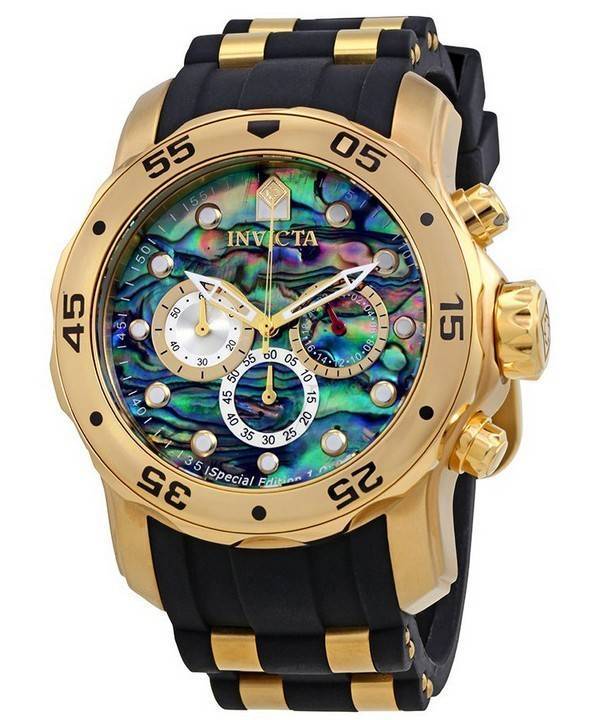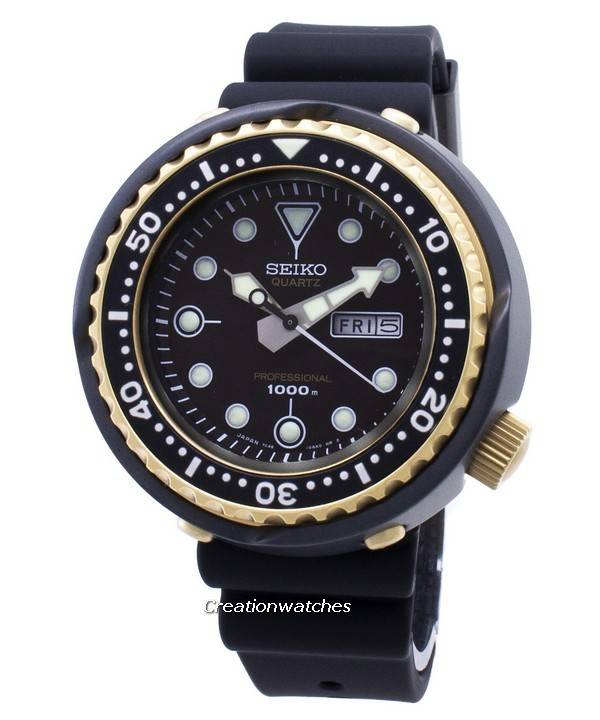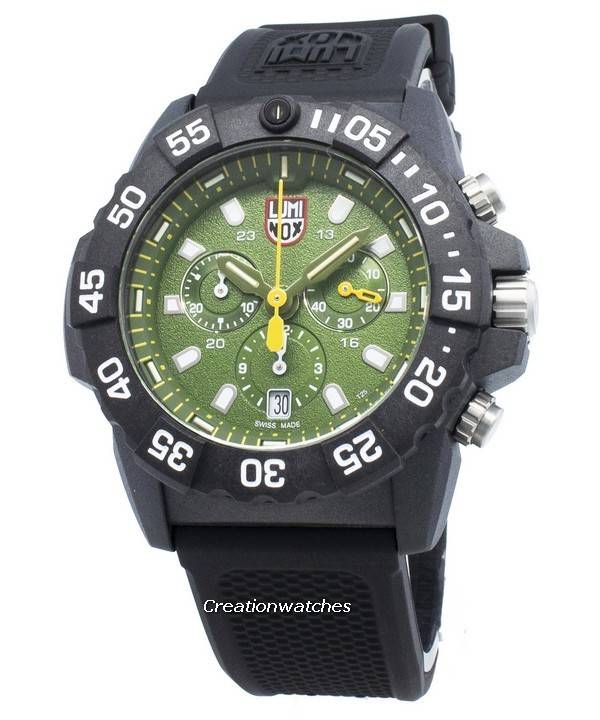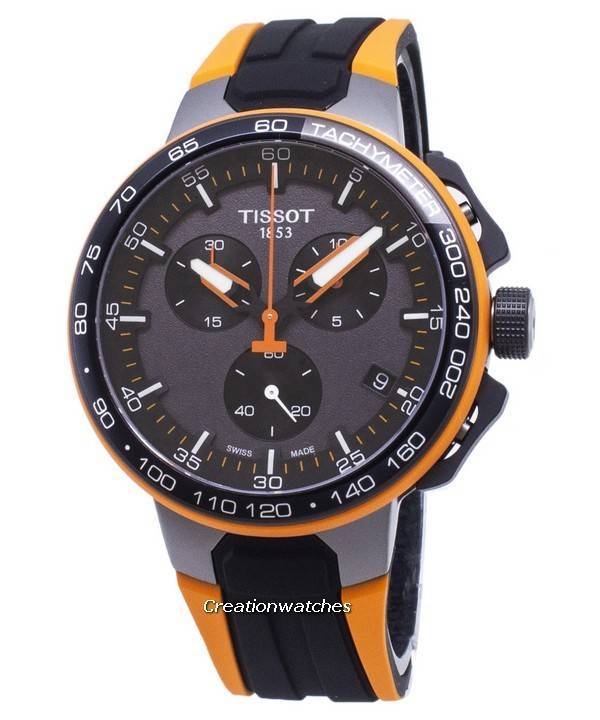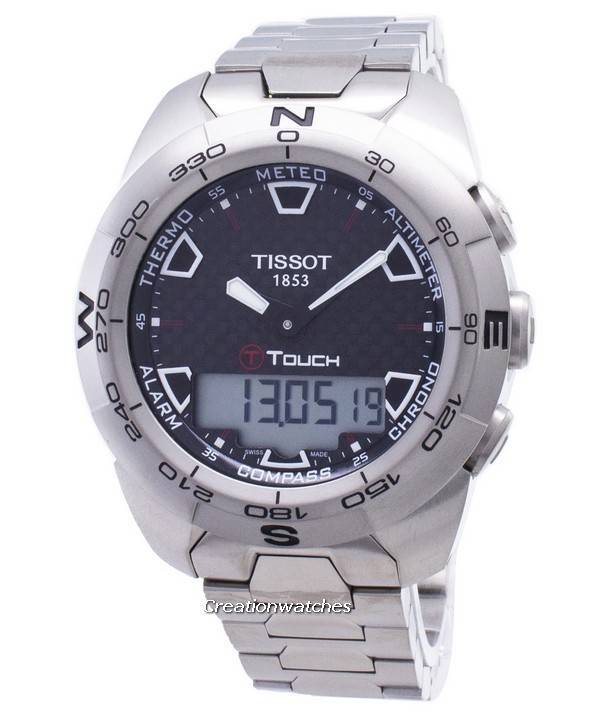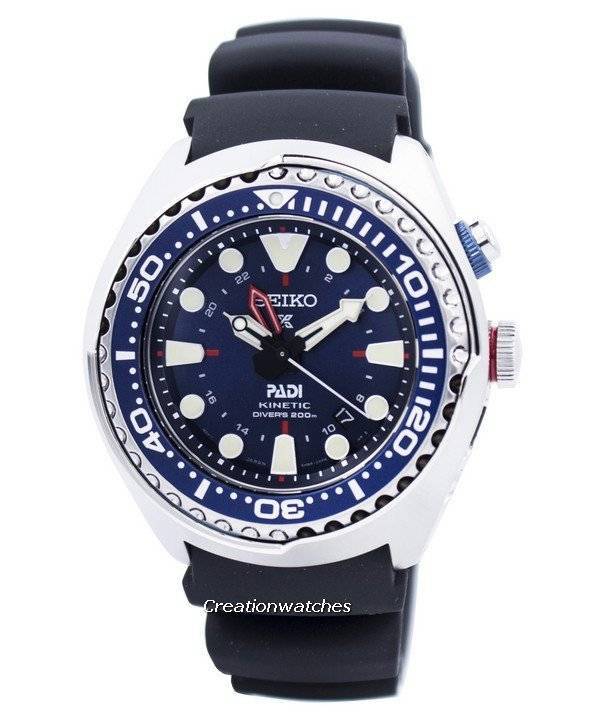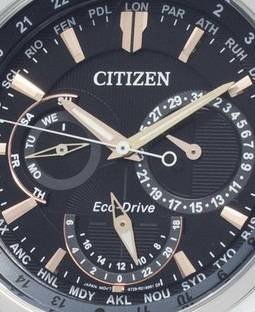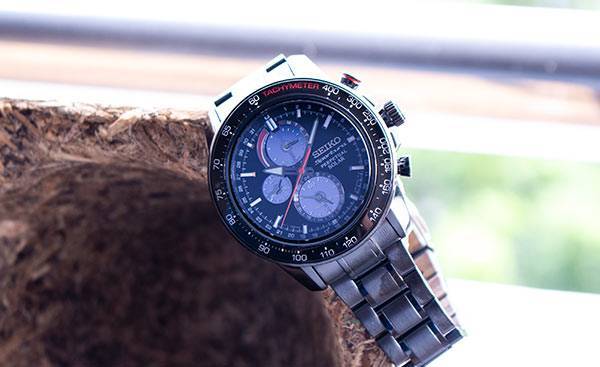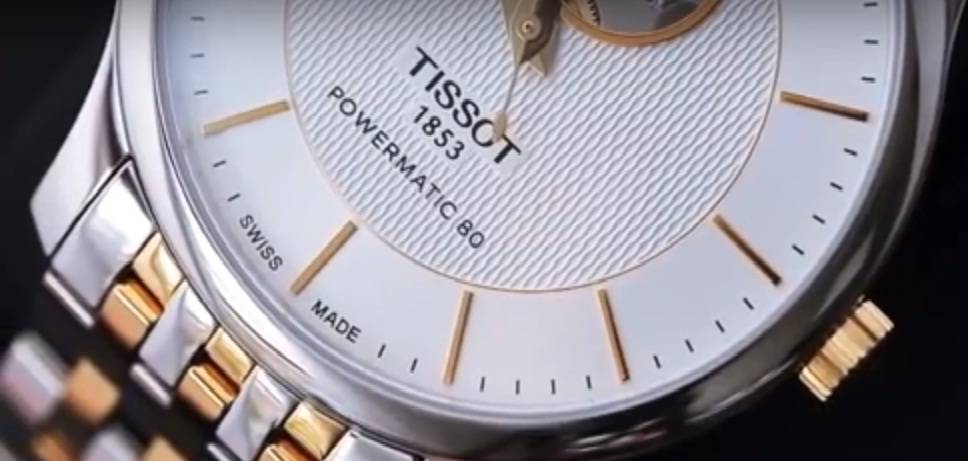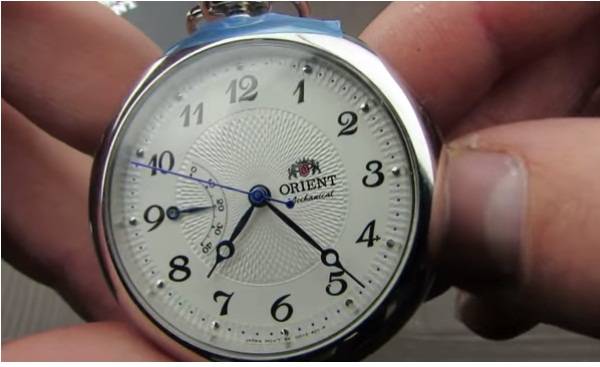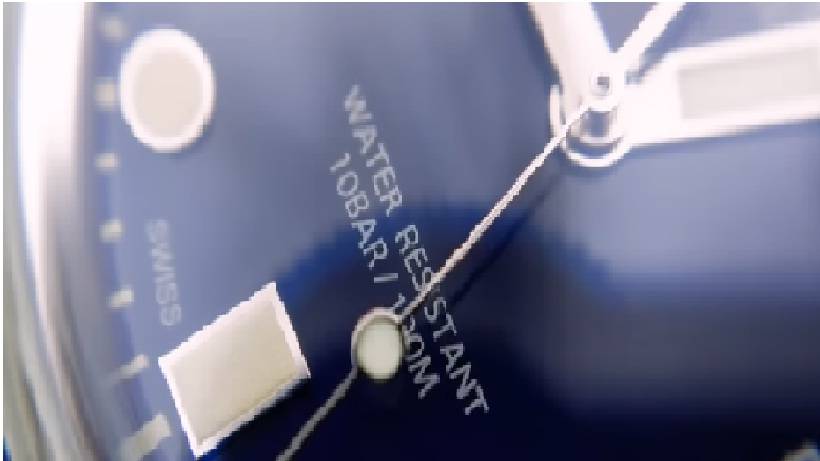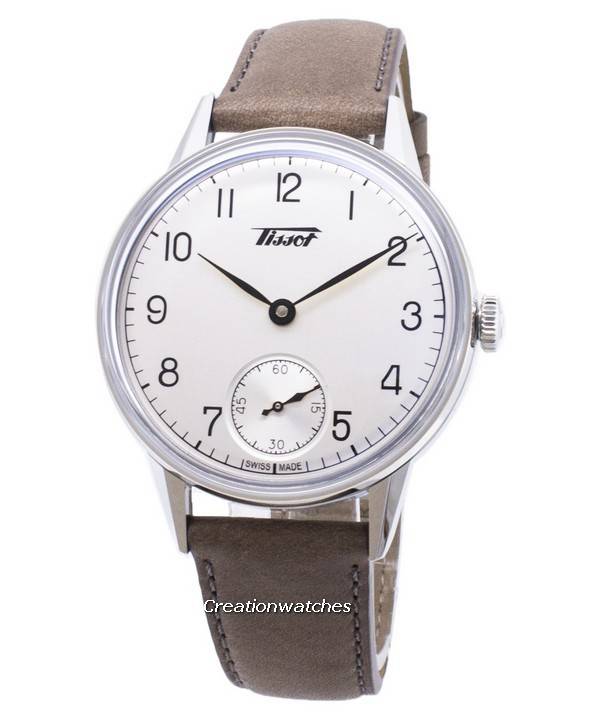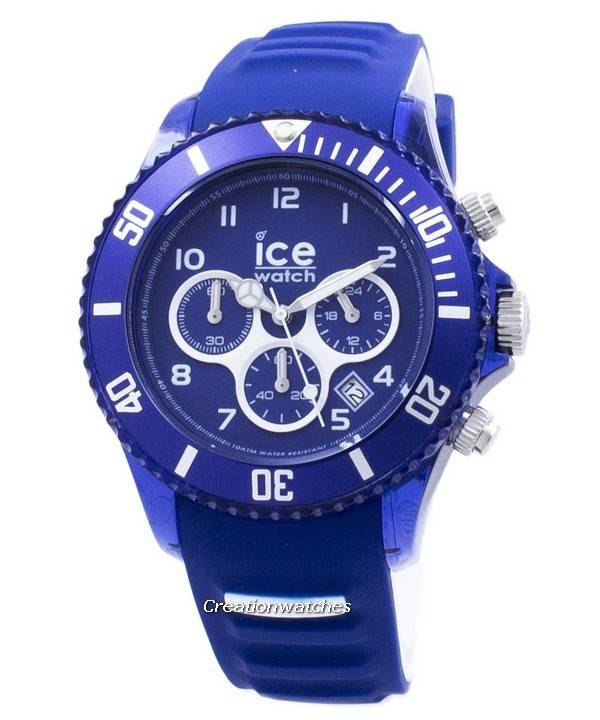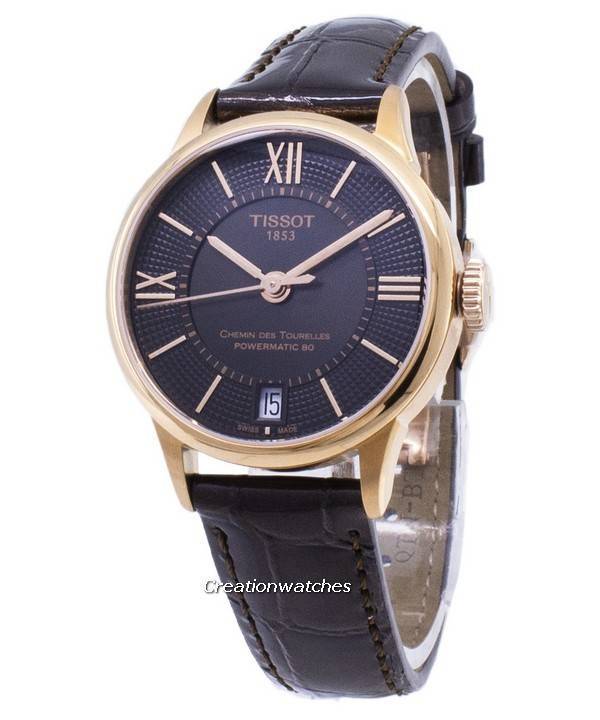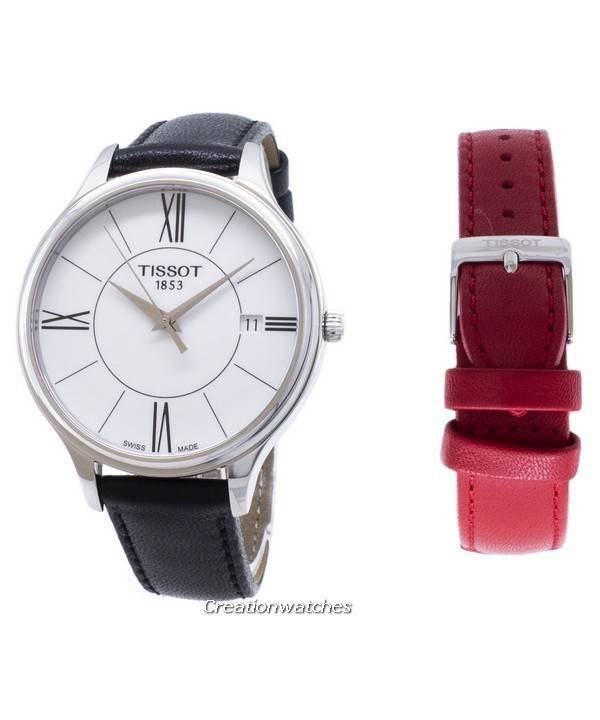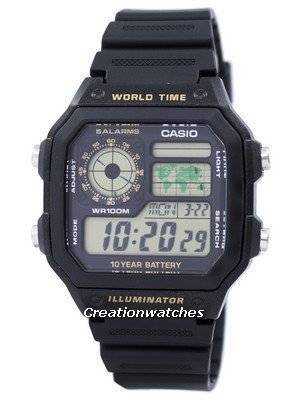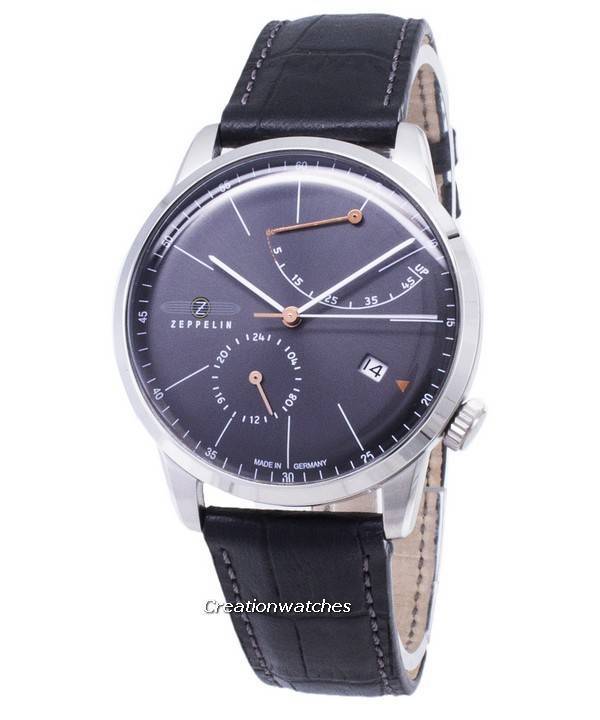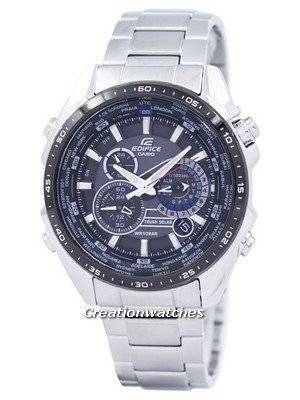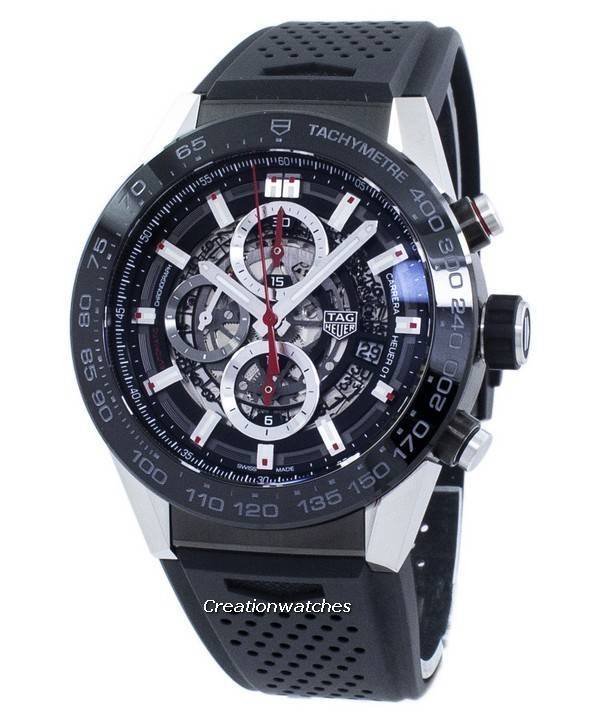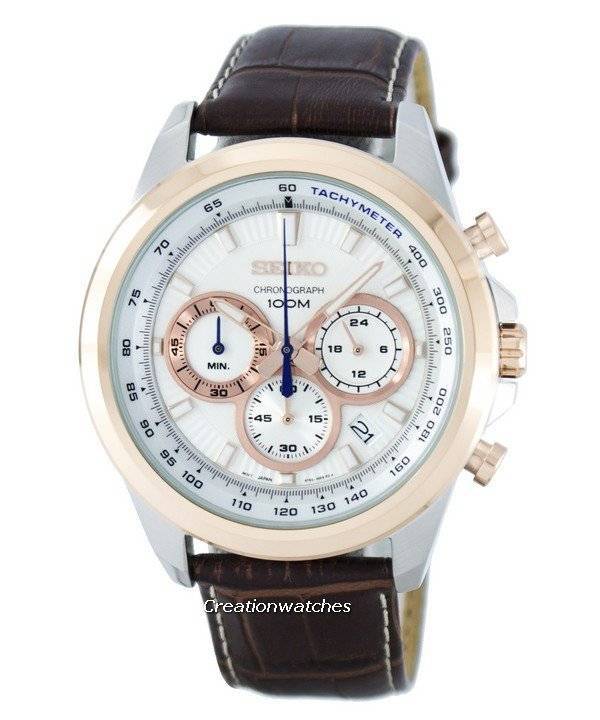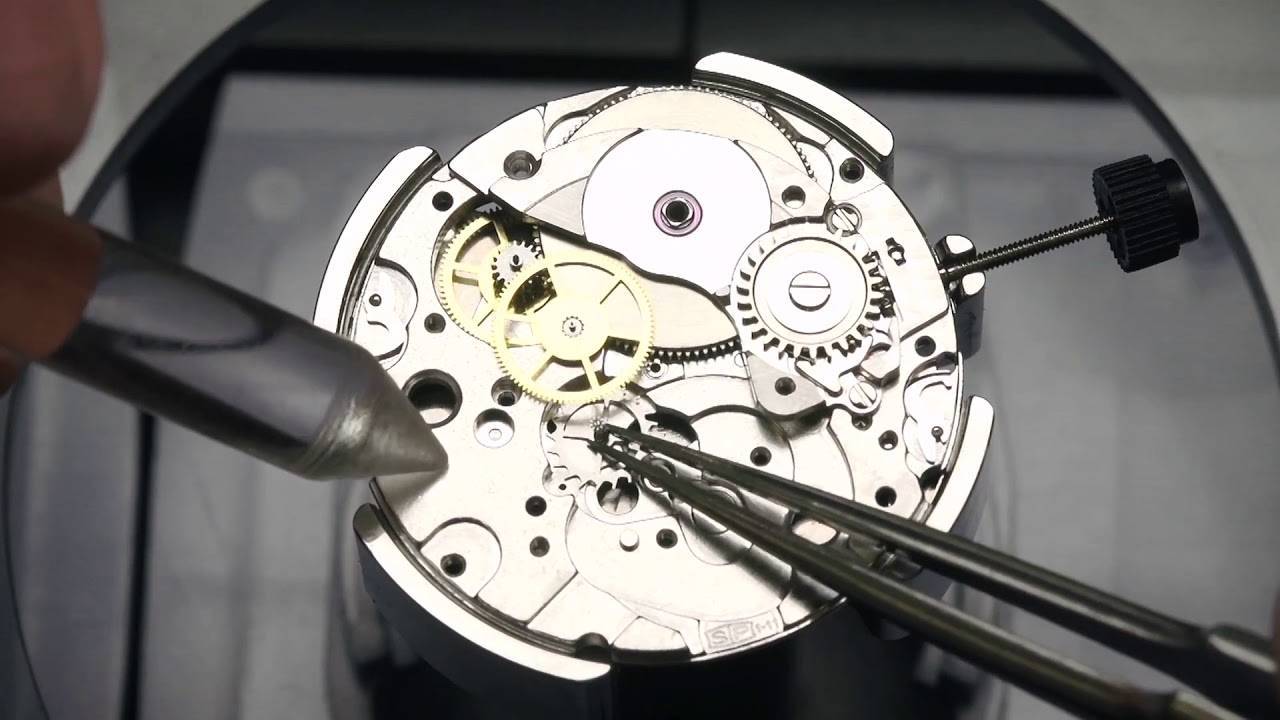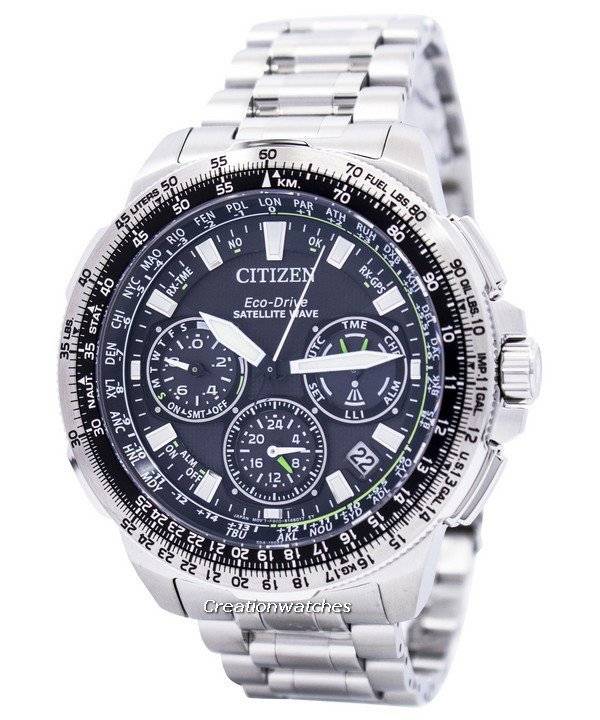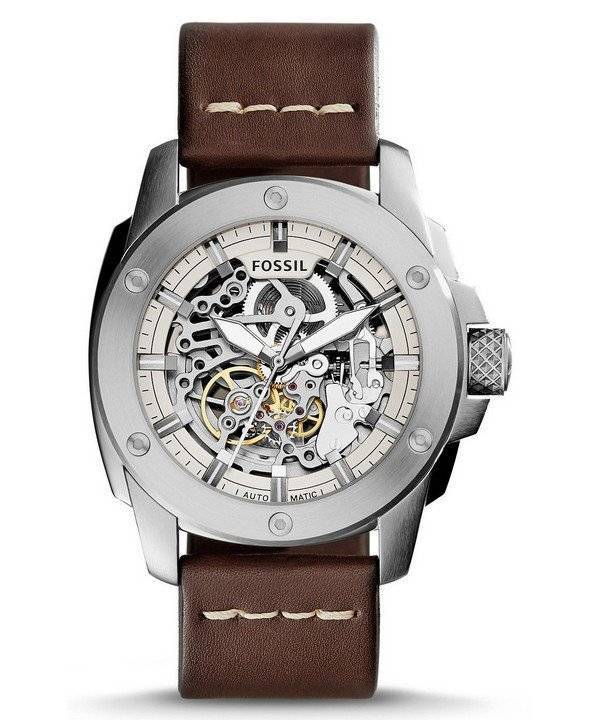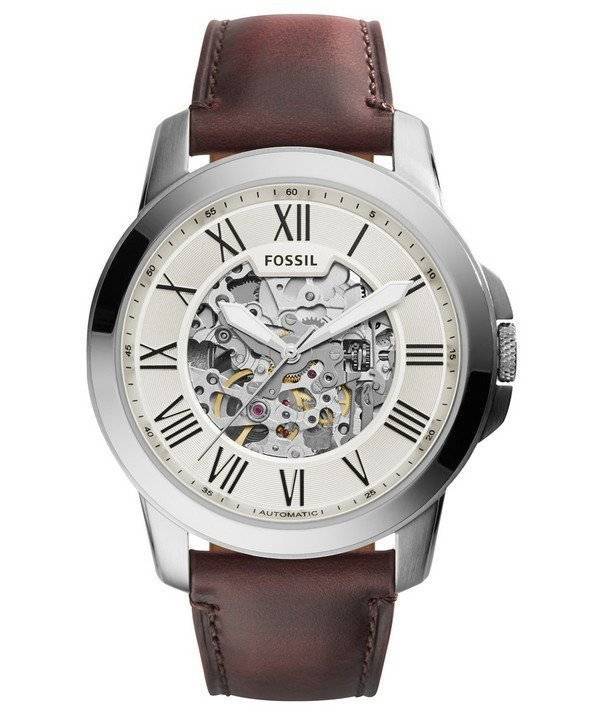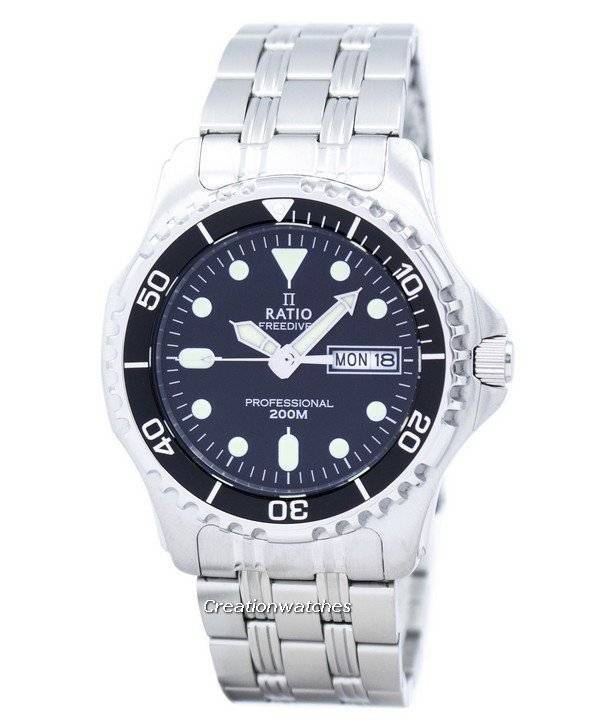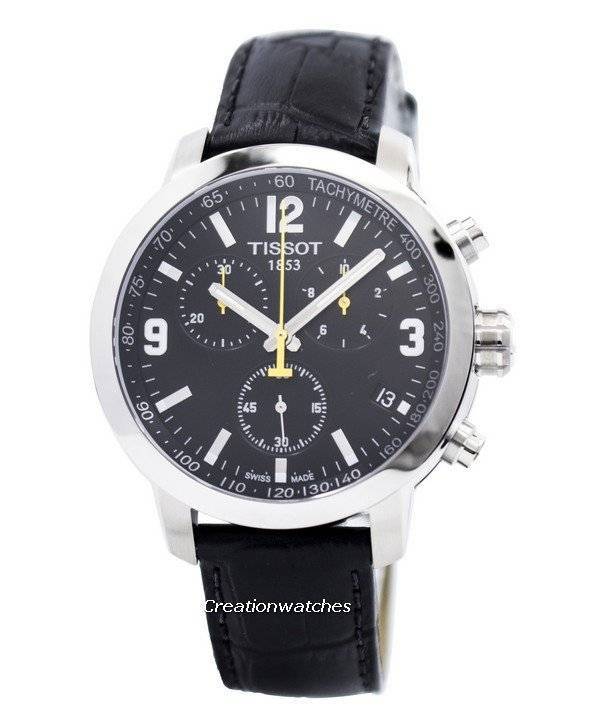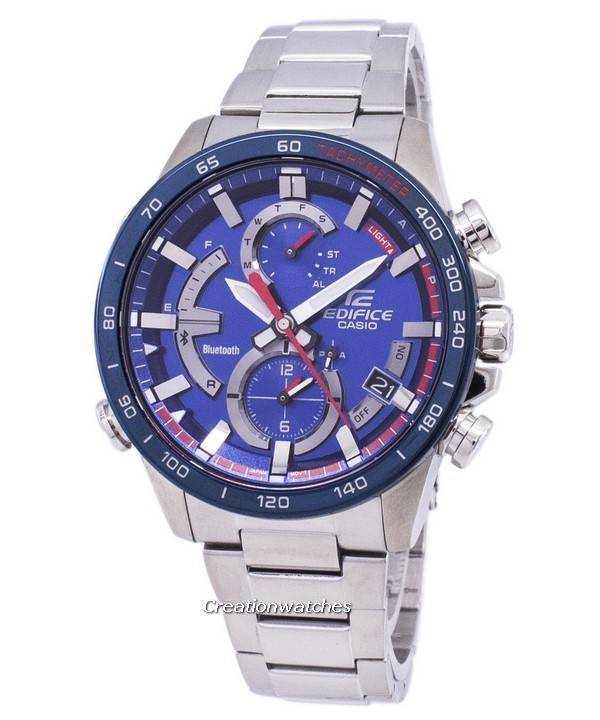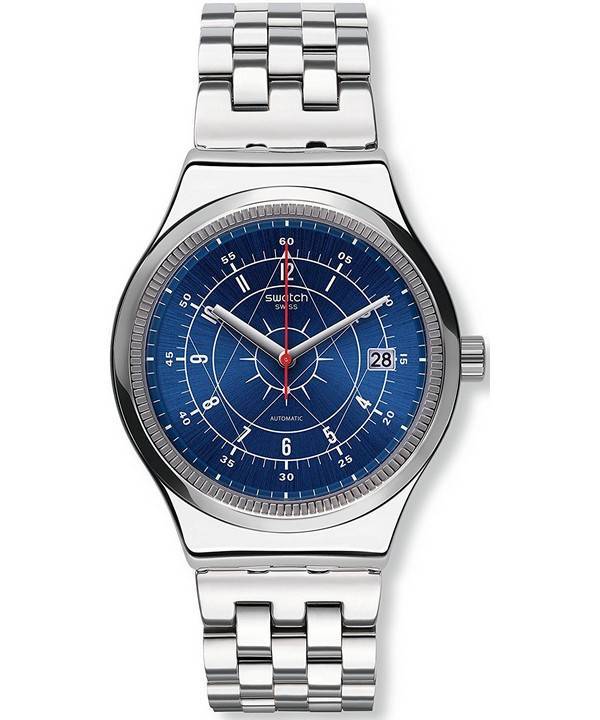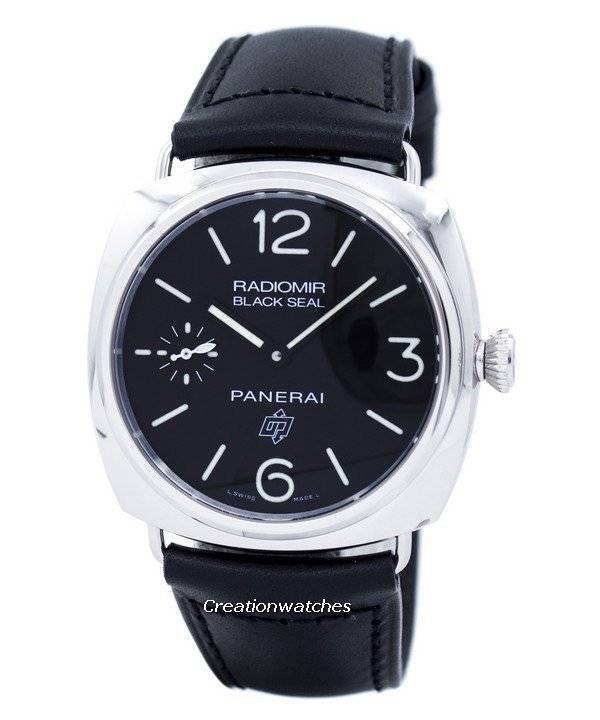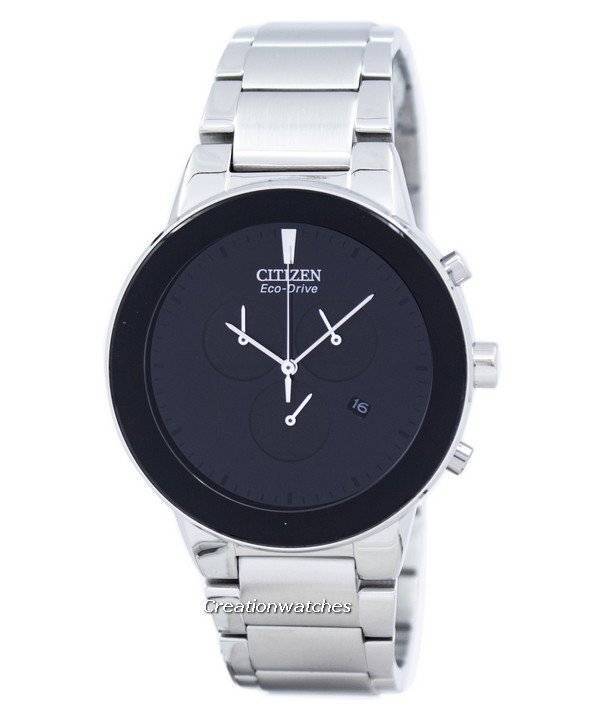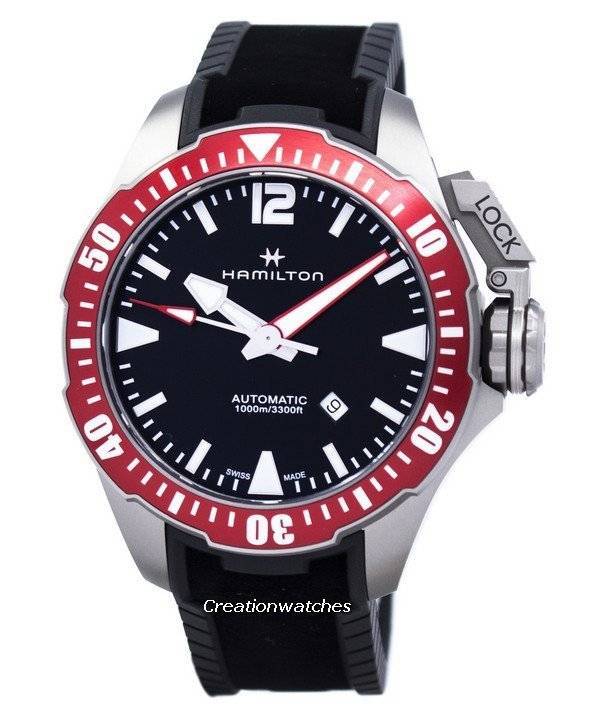
The reader is expected to understand the heart-cam is a very important component within the Rattrapante (Rattraper in French; means: To catch up again or taking again) chronograph mechanism (from our last post) and our discussion continues onward from that point.

The cam is now exposed
The cam is simply a device to convert rotations into reciprocating/oscillating motions. They found use primarily in steam engines, setting a uniform rate of rise and fall of the follower, which is, essentially, a lever making contact with the cam. Later, its heart-shaped cousin found use in mechanical, split-seconds chronograph mechanisms, which make them one of the most complex complications to design. Manufacturing is another challenge we hope to discuss in the not-so-near future. .
Wheels and their contribution: The cam dwells in-between
The rattrapante wheel (in a mechanical split-time or rattrapante chronograph) turns in unison with the central chrono-wheel. The heart-shaped cam thus comes in, to ensure the chronograph hand is in perfect harmony with the rattrapante hand. Its position is maintained by a spring pushing against it. That keeps it at the lowest point of the cam and allows both the wheels to travel in synchronized motion. Pushing the rattrapante button, two arms effectively clamp the additional wheel in position. The rattrapante seconds-hand stops moving and the wheel is unseated from its mounting within the heart-shaped cam of the chrono wheel, which kept running all this while. Releasing the clamp makes the spring jump the rattrapante wheel and move in-line with the main chronograph-hand.
 Alright, a little recaps
Alright, a little recaps
Activating a typical, simple chronograph (capable of one-second increments) makes the chrono-hand track elapsed times, adding up in the minutes-counting sub-dial. It can’t time intermediate events; just an overall elapsed time. A split-time chronograph is like two (hypothetically, as many as them till they make sense) chronographs clubbed into one.
The rattrapante tracks time for an event that stops multiple times before stopping finally at the end that event. Or, track two (or more, hypothetically; again) different events, beginning with the hands moving in tandem. The first event ending is where one hand stops while the other continues. It tracks the overall time. You read the time shown by the stopped hand and push the same button again. The stopped hand catches up with the running hand. You may repeat this for every event occurring within the main event denoted by overall time.
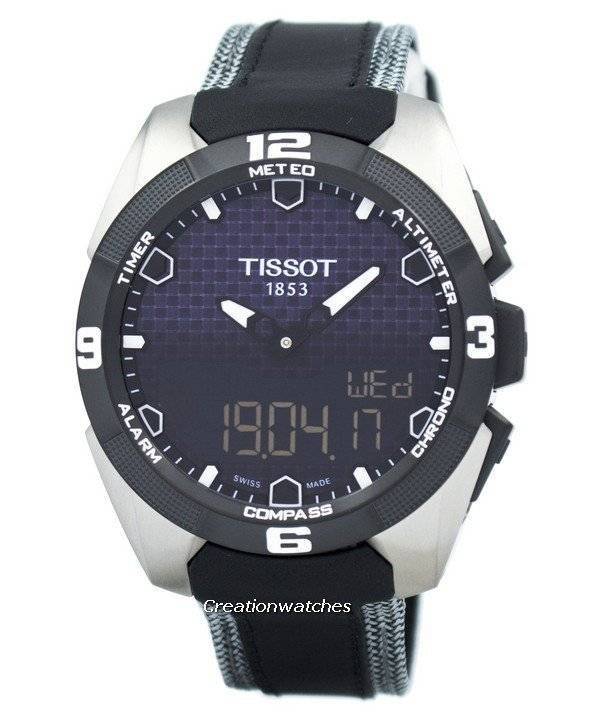
Long story short
Both the chronograph hands run together in a rattrapante to track total time for an event and its sub-events. Some quartz chronographs offer the same albeit with a single hand. The hand, in this case, stops where you want it to and moves ahead fast to the point where it should have been actually. You also get many sporty variations of the complication; even some very beautiful ana/digi versions. In terms of use, they are more viable choices for field work as opposed to a Patek Philippe Perpetual Calendar Chronograph or the A. Lange & Sohne 1815 Rattrapante Perpetual Calendar.
Below are links to some of the split-time chronographs built with modern technology. Click to see and buy:
- https://www.creationwatches.com/products/seiko-mens-208/seiko-premier-solar-chronograph-ssc597p2-mens-watch-11652.html
- https://www.creationwatches.com/products/seiko-quartz-262/seiko-velatura-alarm-chronograph-snaf39-snaf39p1-snaf39p-mens-watch-4862.html
- https://www.creationwatches.com/products/tissot-247/tissot-t-touch-expert-solar-analog-digital-t091-420-46-051-01-t0914204605101-mens-watch-11022.html





